Last October, I took a walking tour of Old Louisville Architecture, and it was pretty cool! I think there may be opportunities to actually go inside some of the houses when there’s less Covid in the air. But on my trip, it was just me and one other person with the guide and we didn’t go inside.
Old Louisville
“Old Louisville” refers to a particular historic preservation district, “America’s Grandest Victorian Neighborhood” as the tour calls it. All the houses were built between 1885-1905 and you can trace the fortunes of the city and its inhabitants just by walking down the block. (Overall gist: those fortunes go down.)
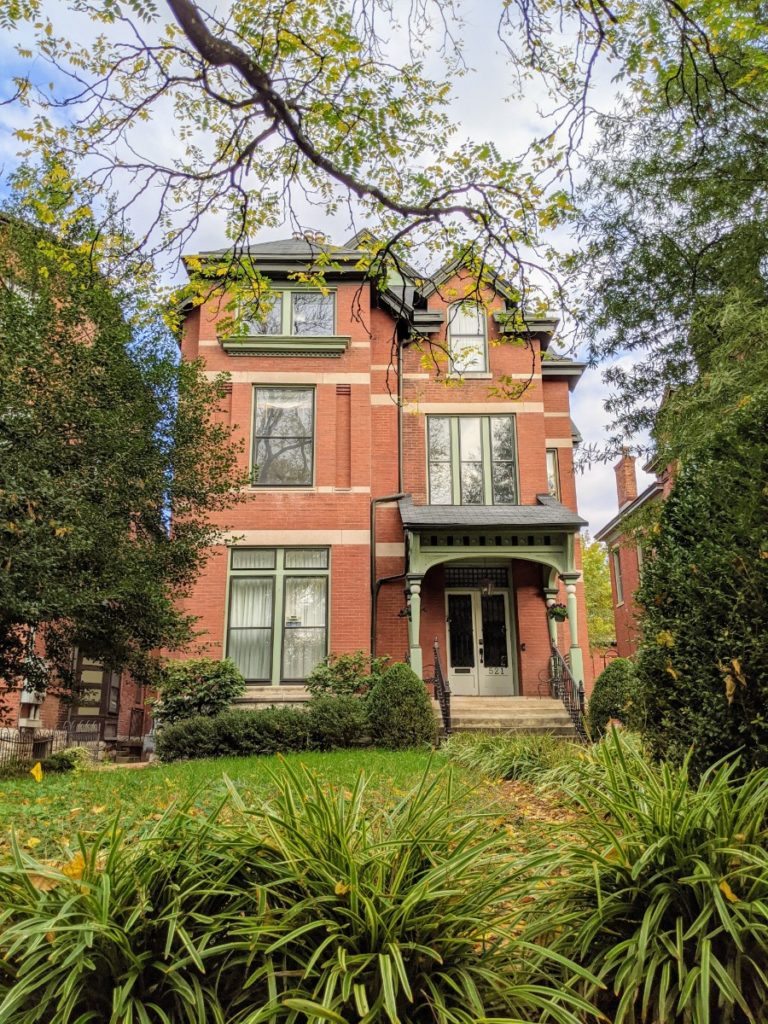
The houses now are used for a variety of purposes. Many are single-family homes, some are chopped up into apartments or used as law offices or social service centers. Many are inns or B&B’s.
Fountain Court
Tucked in between the streets in Old Louisville are these “courts,” small, lush alleys with houses that face a garden and a sidewalk instead of a street. I think this one is Fountain Court.
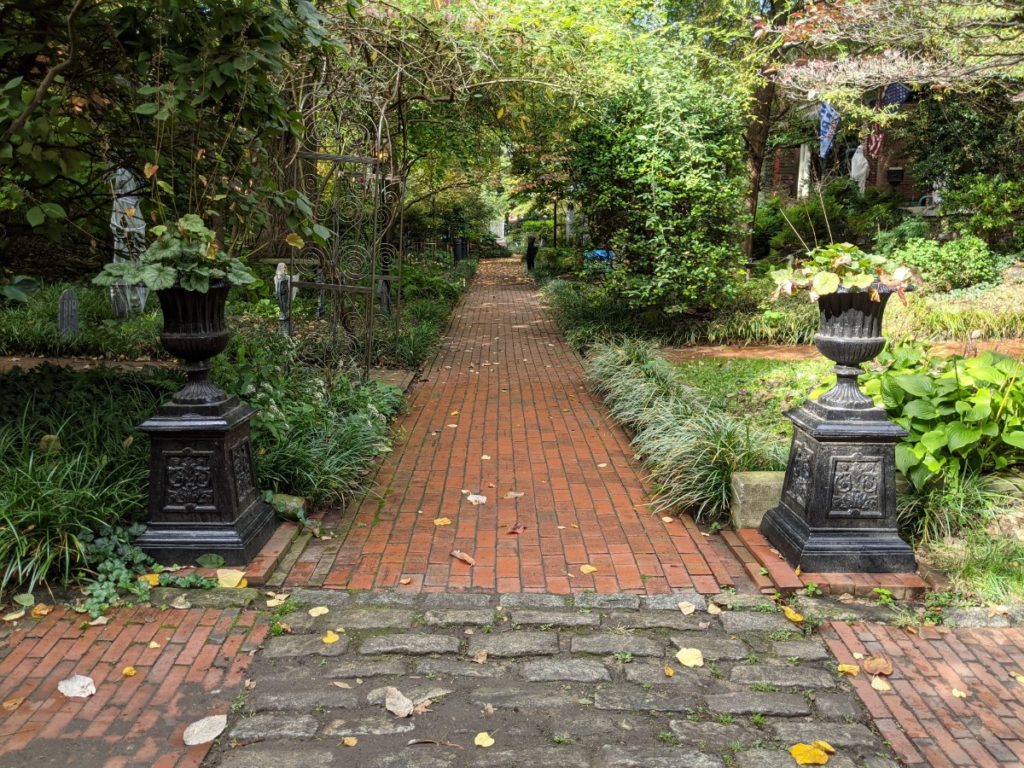
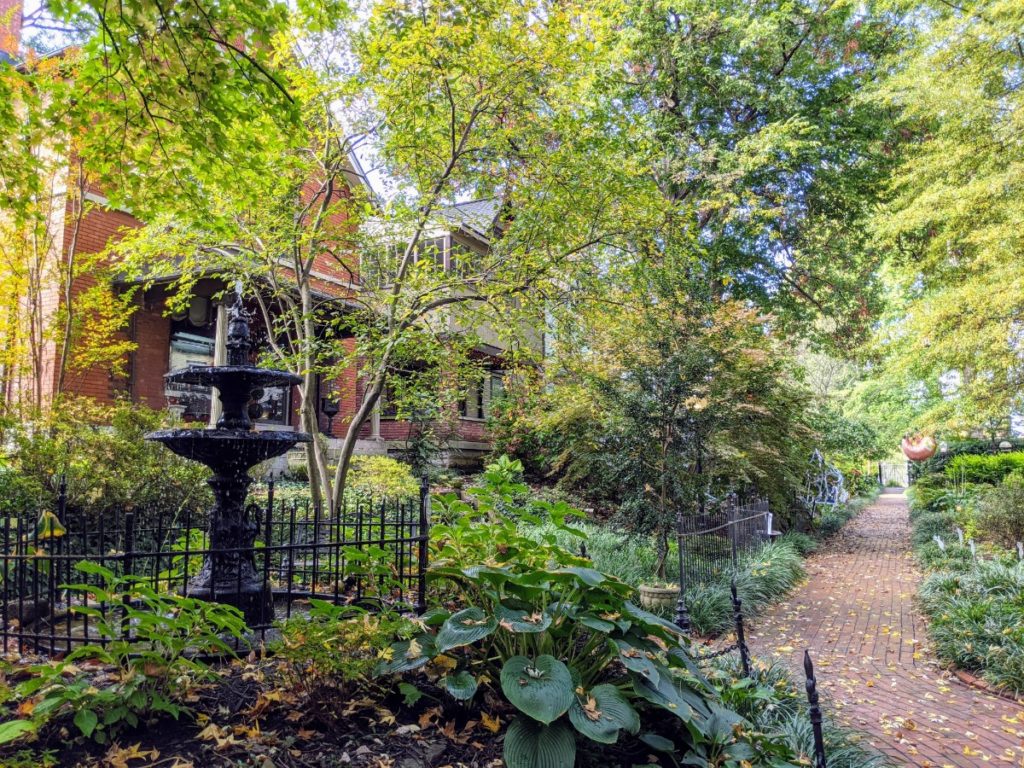
Shotgun houses are big in Louisville. In fact, Louisville has the largest collection of shotgun houses since hurricane Katrina hit New Orleans. Some of these smaller ones in Old Louisville get the full historic treatment, like period-appropriate colors and architectural moldings.
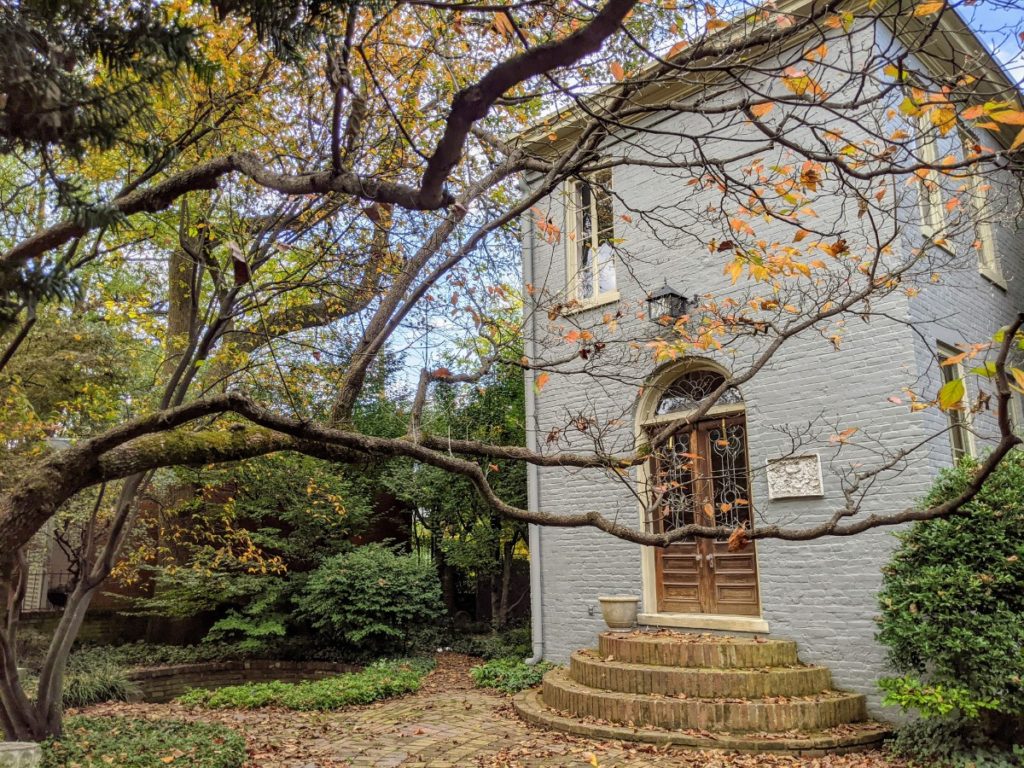
St. James Court
On the tour, you hear a lot about the Southern Exposition, a five-year series of world’s fairs held on this site from 1883-1887. Once the fair was completed, the rich filled in St. James Court with the grandest houses.
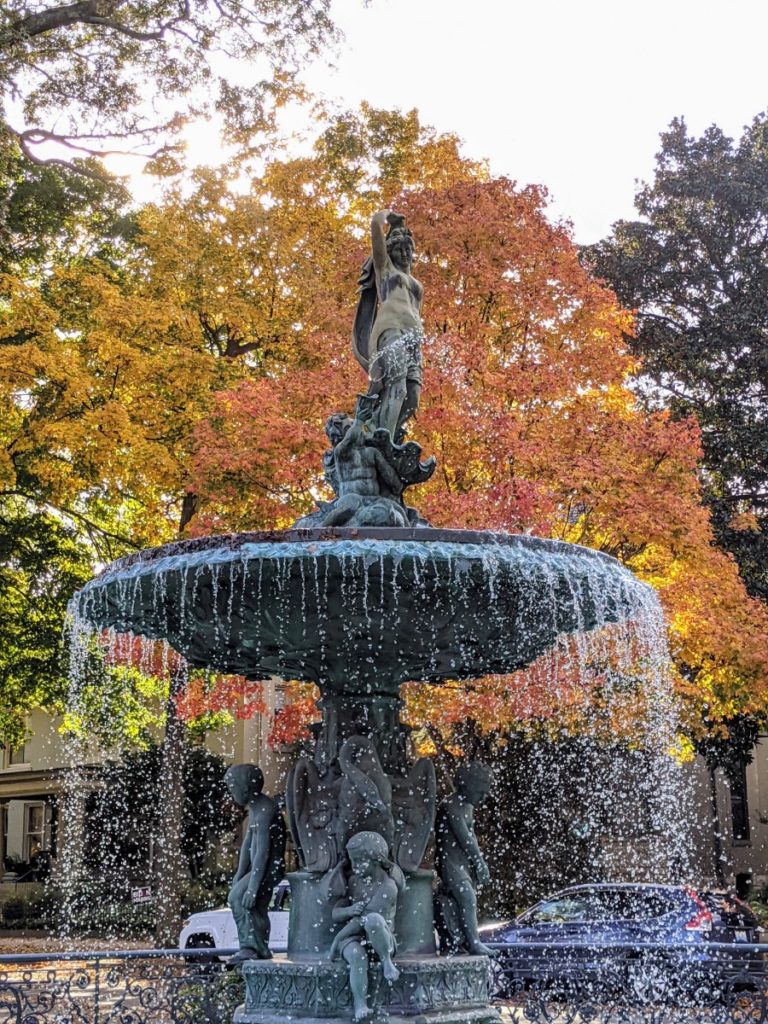
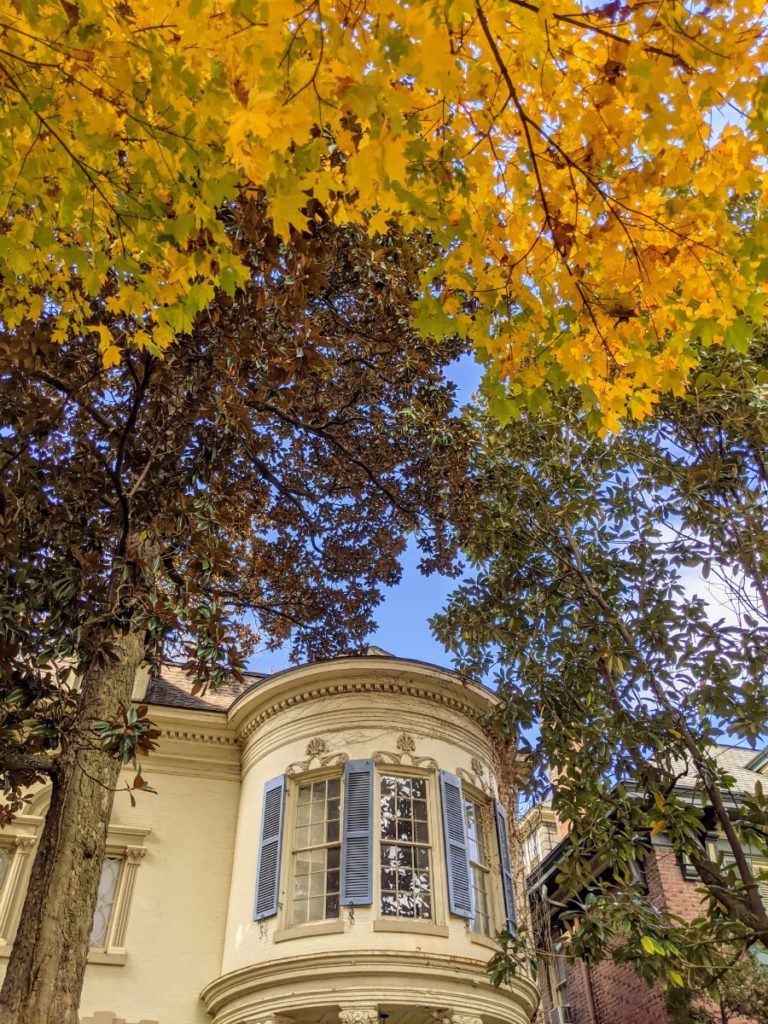
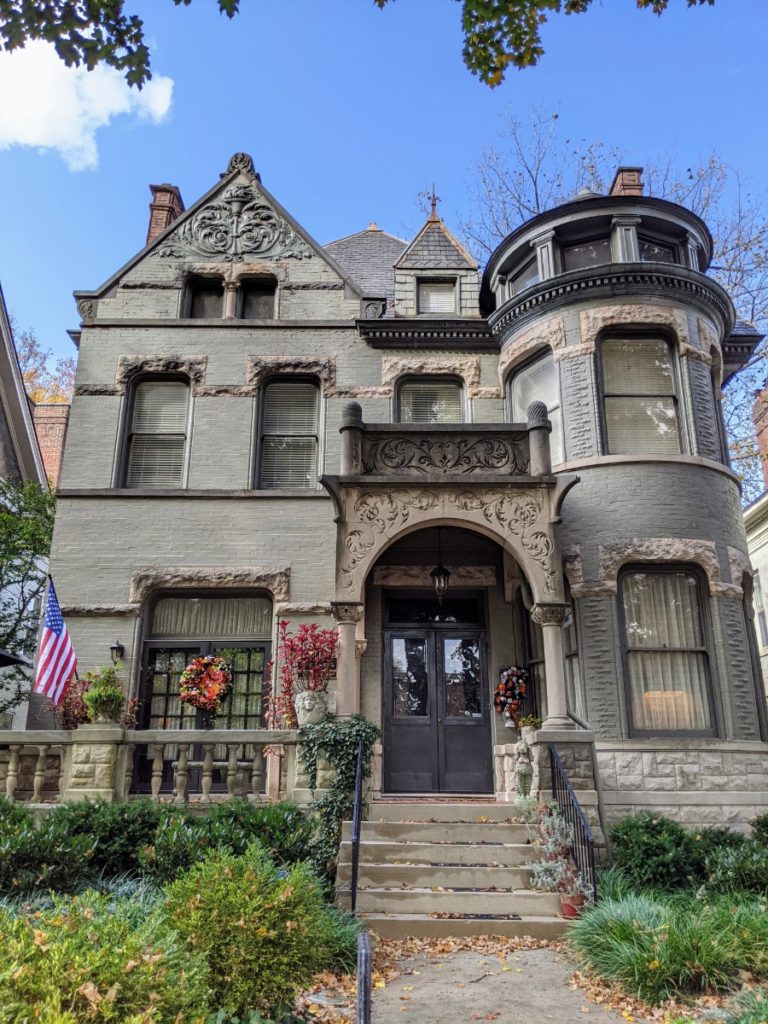
I think this one is a B&B 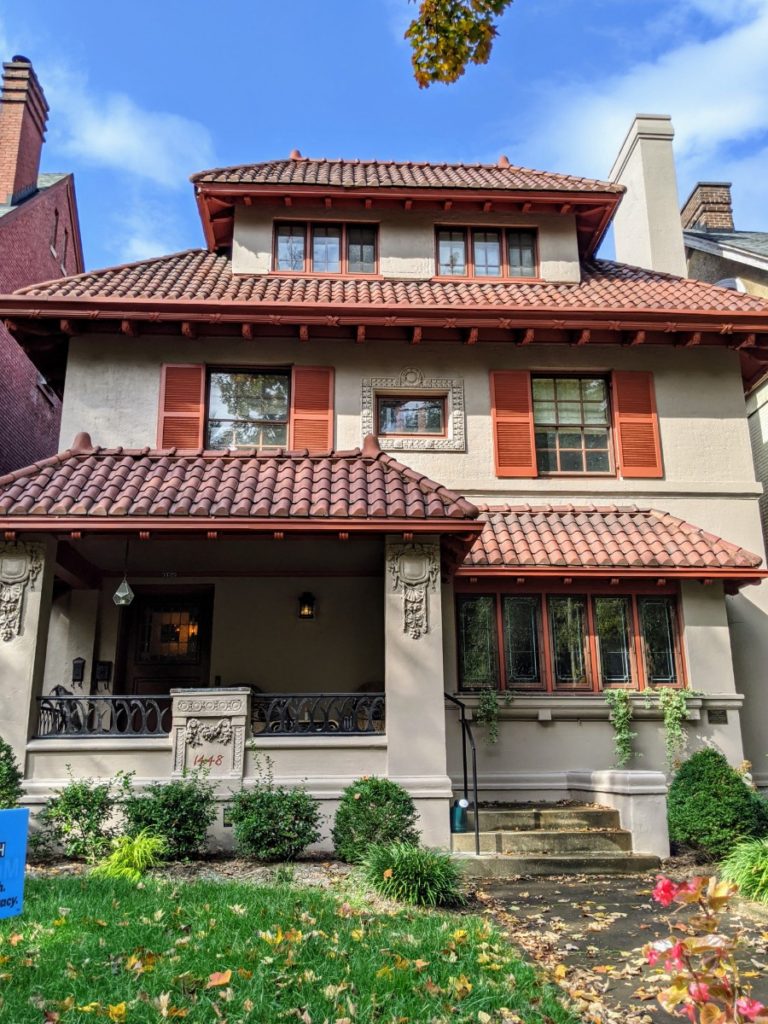
I particularly like this one 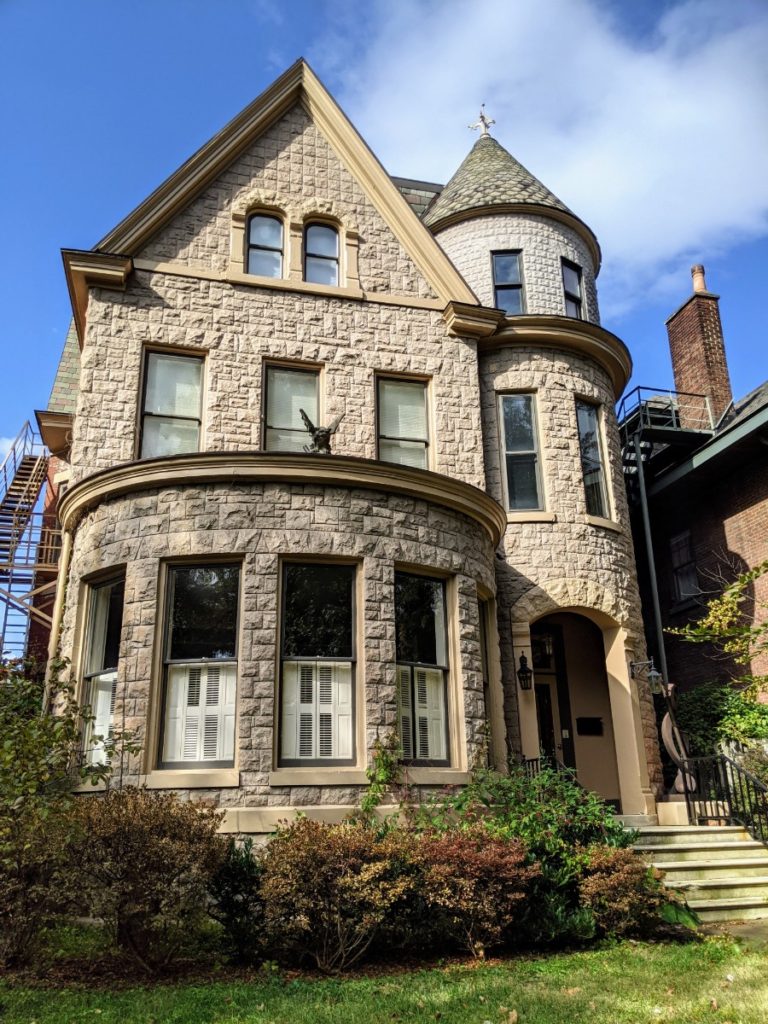
St. James Court is anchored by the Conrad-Caldwell House Museum on one end (which I cover in this post) and Belgravia Court on the other. The center features a large fountain and a grass median down the middle of the street.
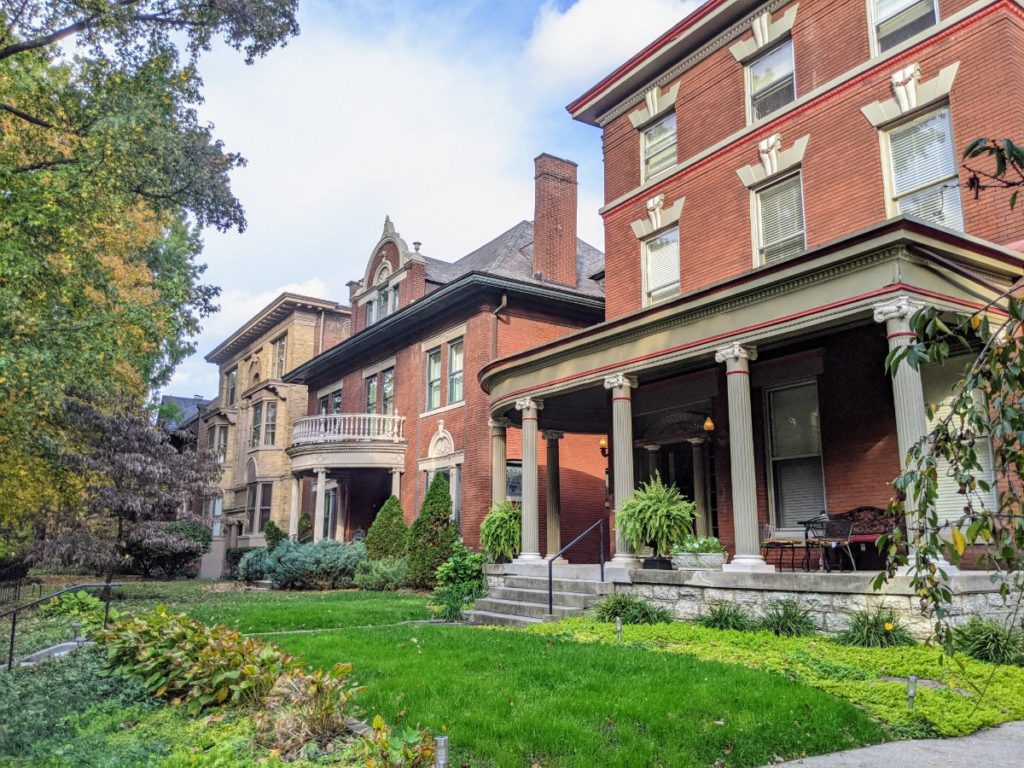
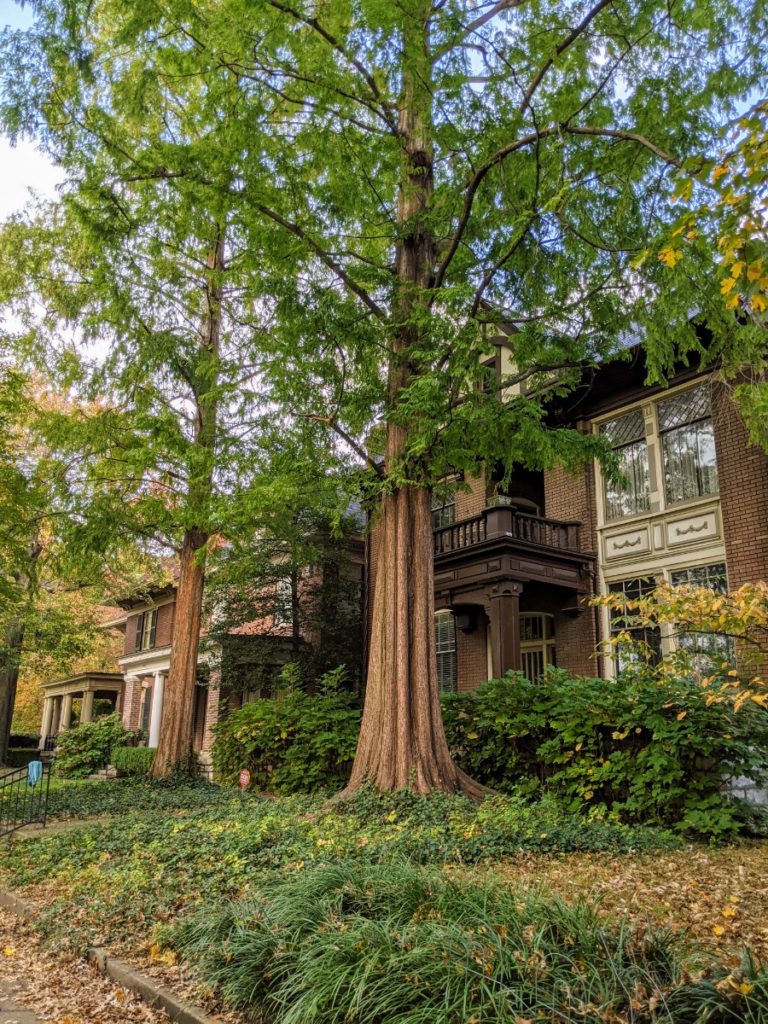
Belgravia Court
Belgravia Court in Old Louisville is another of those grassy alleyways but this one is wider with grander homes than Fountain Court above.
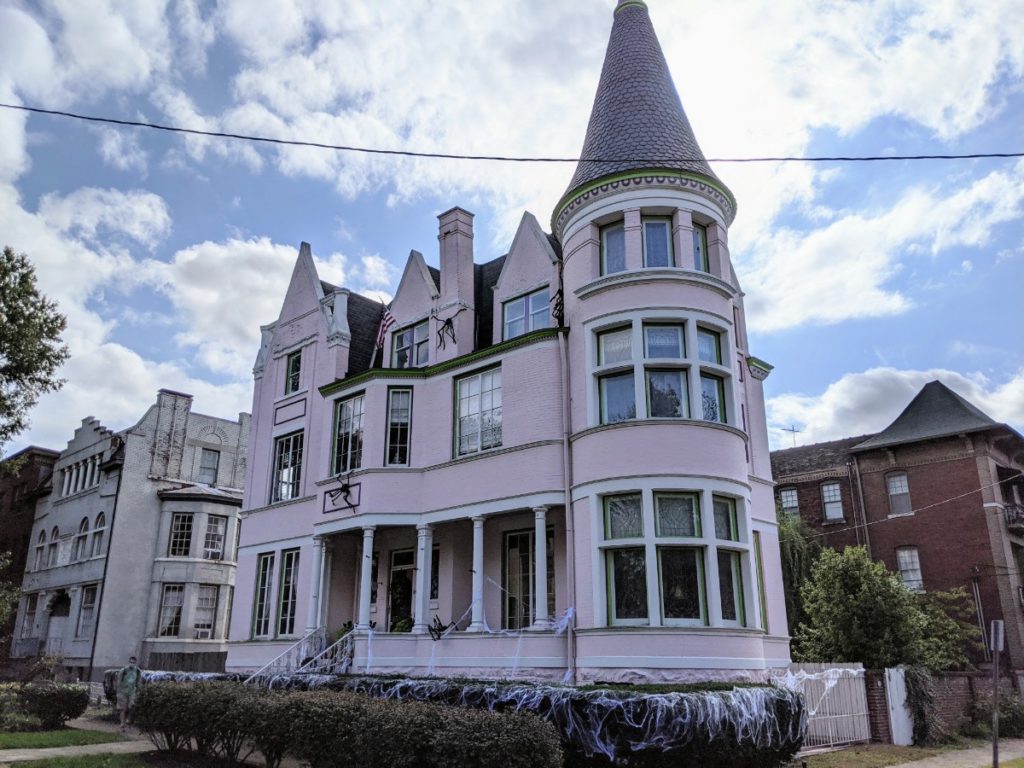
This pink house with the witches’ cap (I think that’s what it’s called) is important, though I can’t quite remember why. Maybe it used to be a gentleman’s club or something. Mainly I remember my tour guide criticizing the “inauthentic” color palette favored by the current owners. The silhouette of the house figures into many logos of Old Louisville.
The rest of the tour
My tour guide spoke a lot about architectural details and the hardships of restoring these old houses authentically. At some point, front porches came in vogue and many wooden porches were added to existing stone or brick houses, some more successfully than others.
She also told us about fathers who would build houses next door to each other for each of his children, which is why you’ll see two or three houses together that look very similar. There was one house built for two sisters who hated each other, so their porches were built offset, one a little behind the other, so they didn’t have to ever see each other.
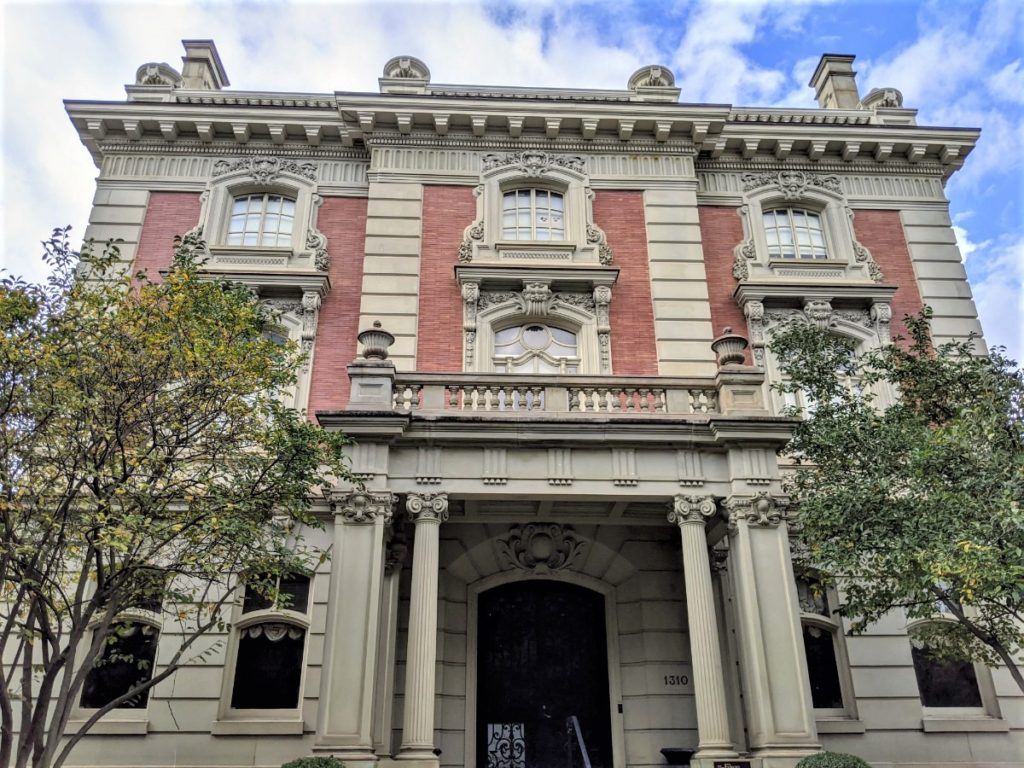
Old Louisville Architectural Tours
If you’d like to take a walking tour of Old Louisville, they are offered several times a day for $25 each at this link. Evening ghost tours are also available. Tours last about an hour and a half and do require a fair bit of walking, obviously. My guide kept us at a fair clip! Tours run from March 15 – November 15, so none are running right now, though if you call they may be able to set up something for you.
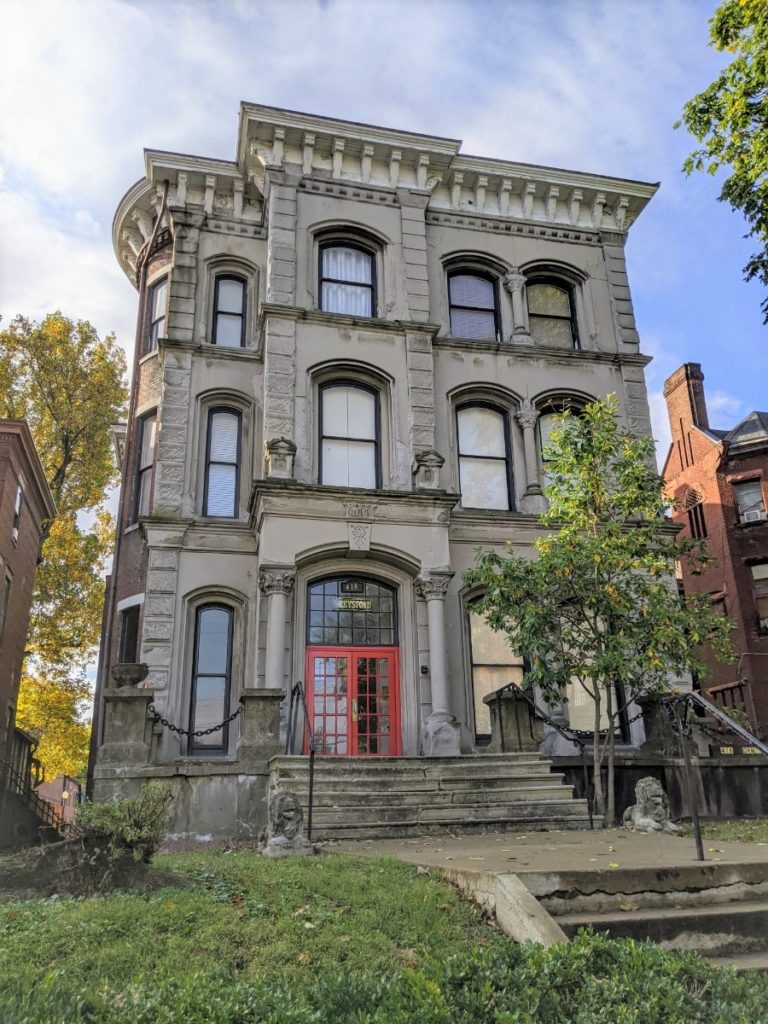
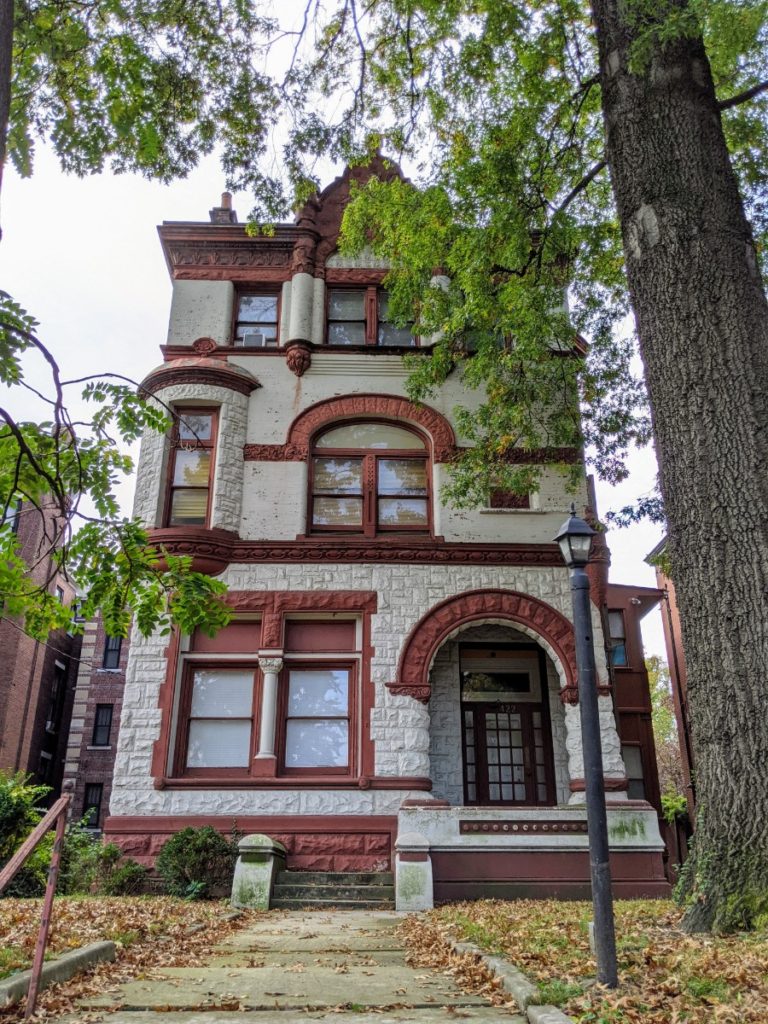
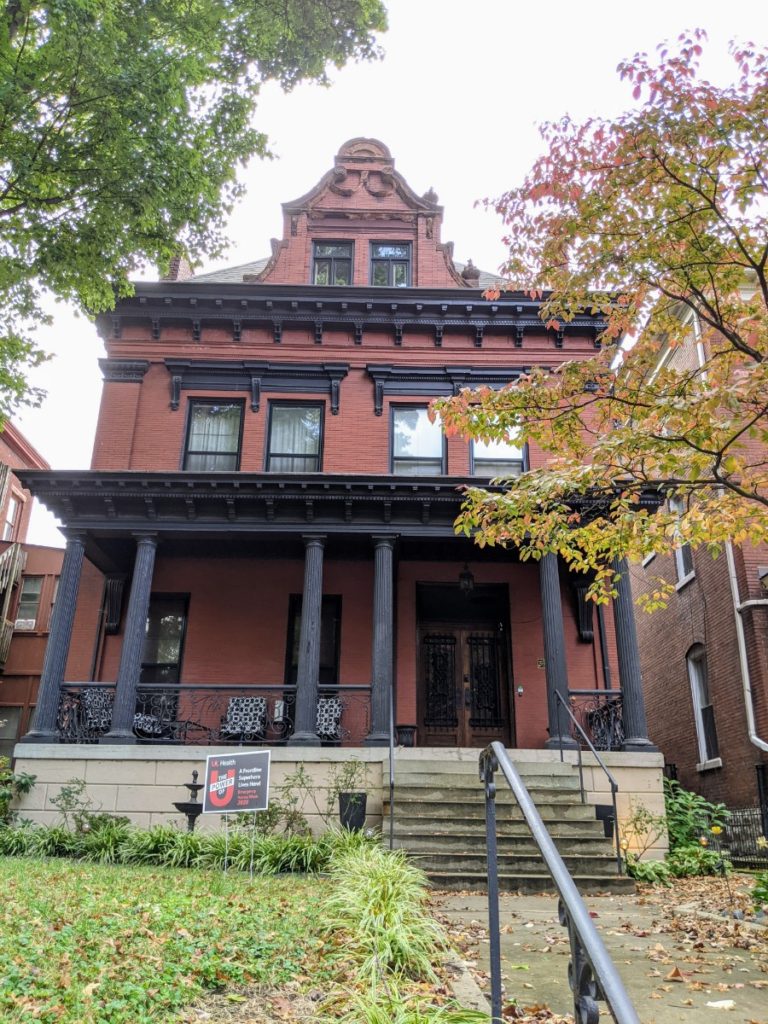
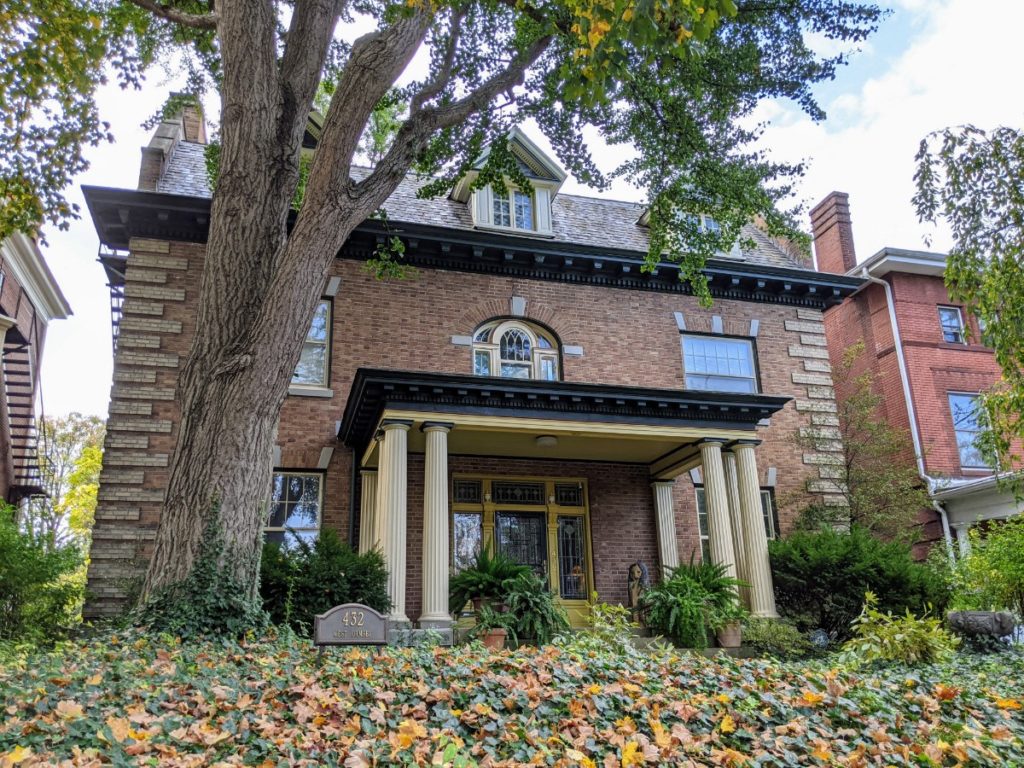
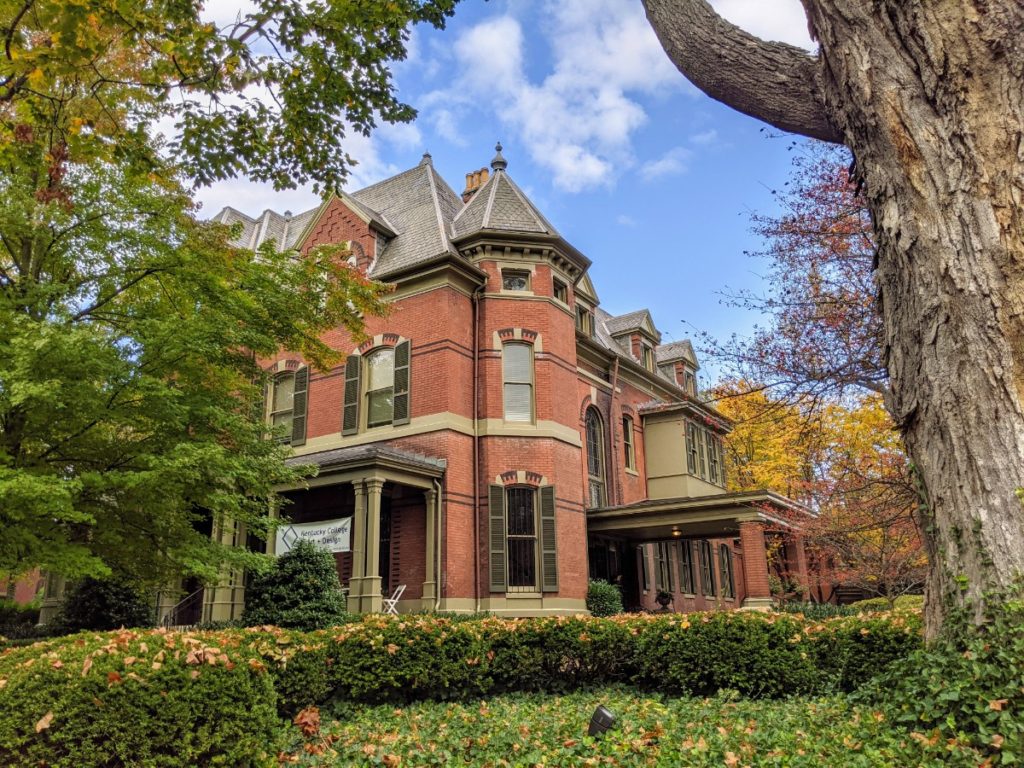
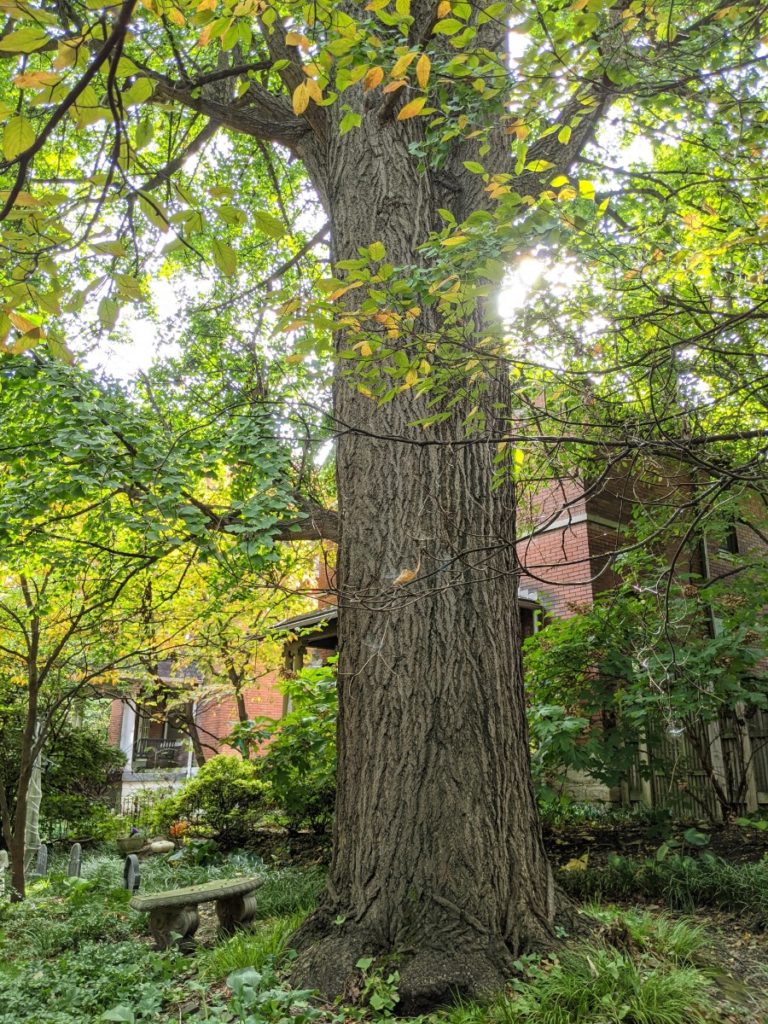
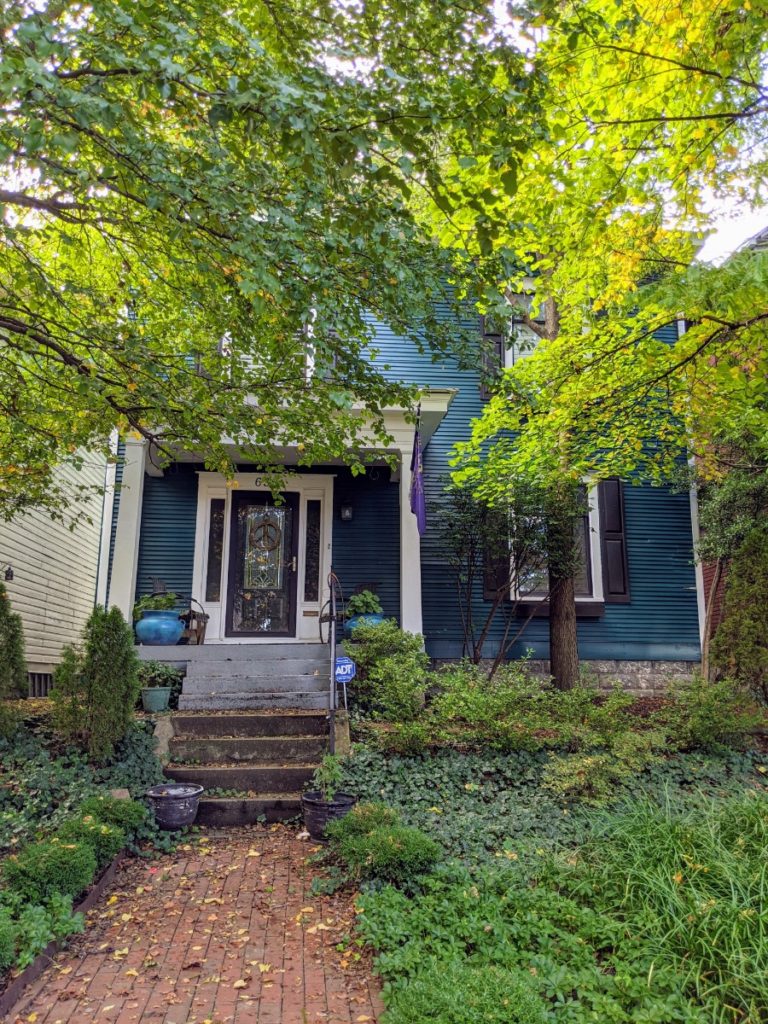
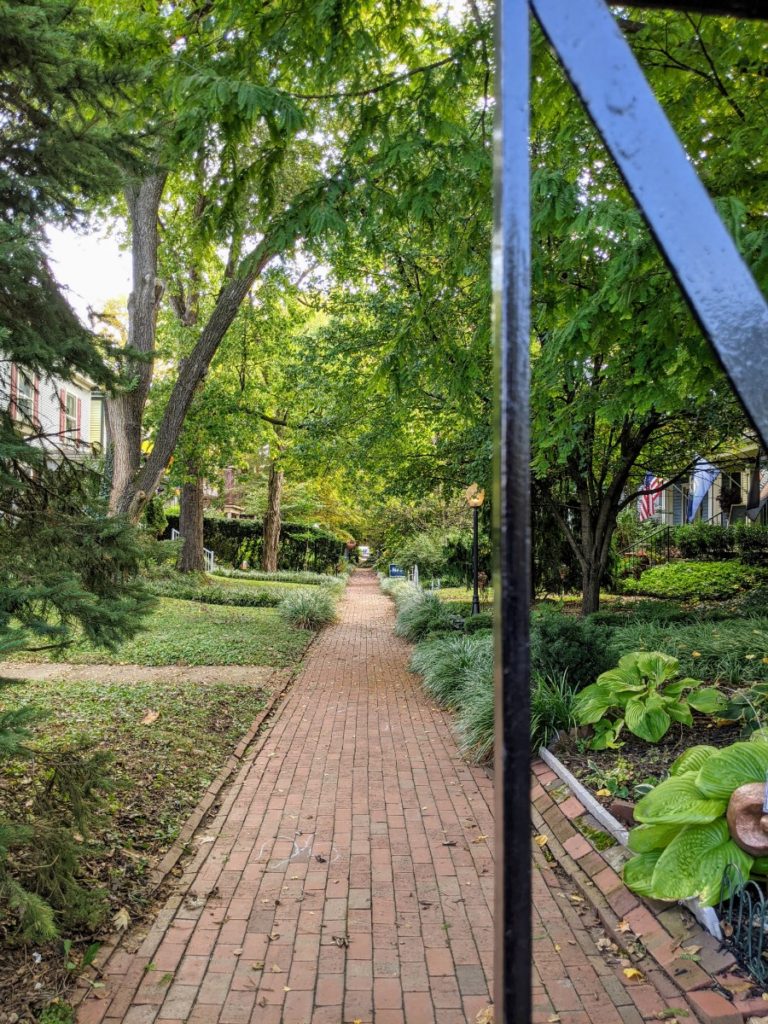
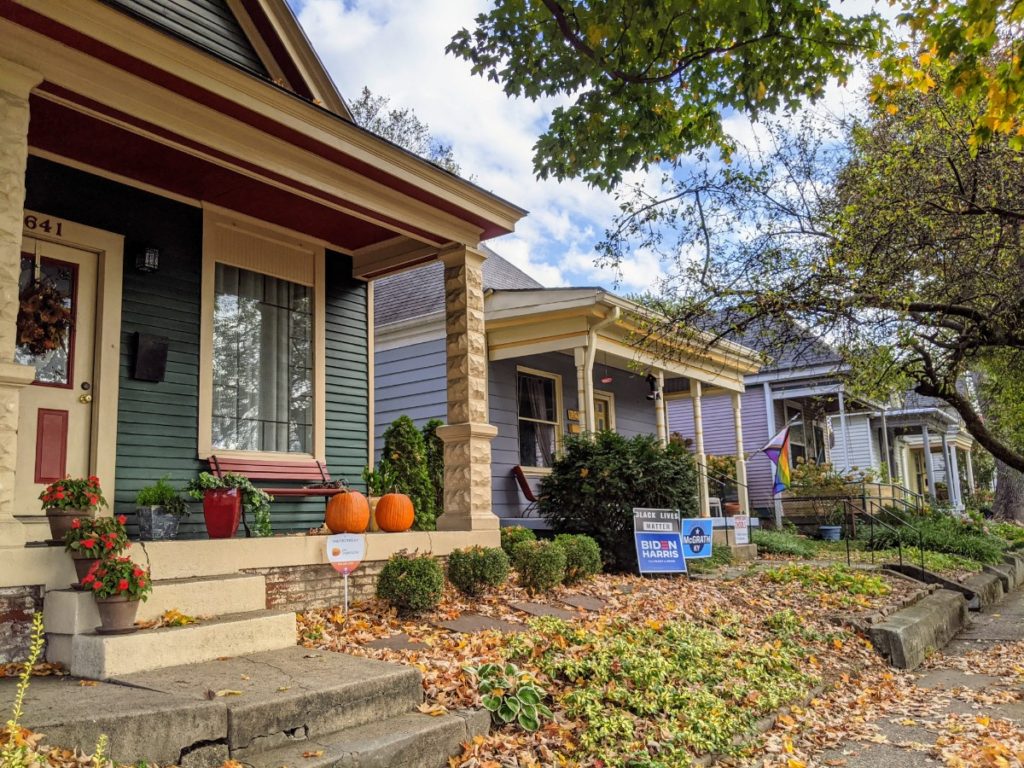
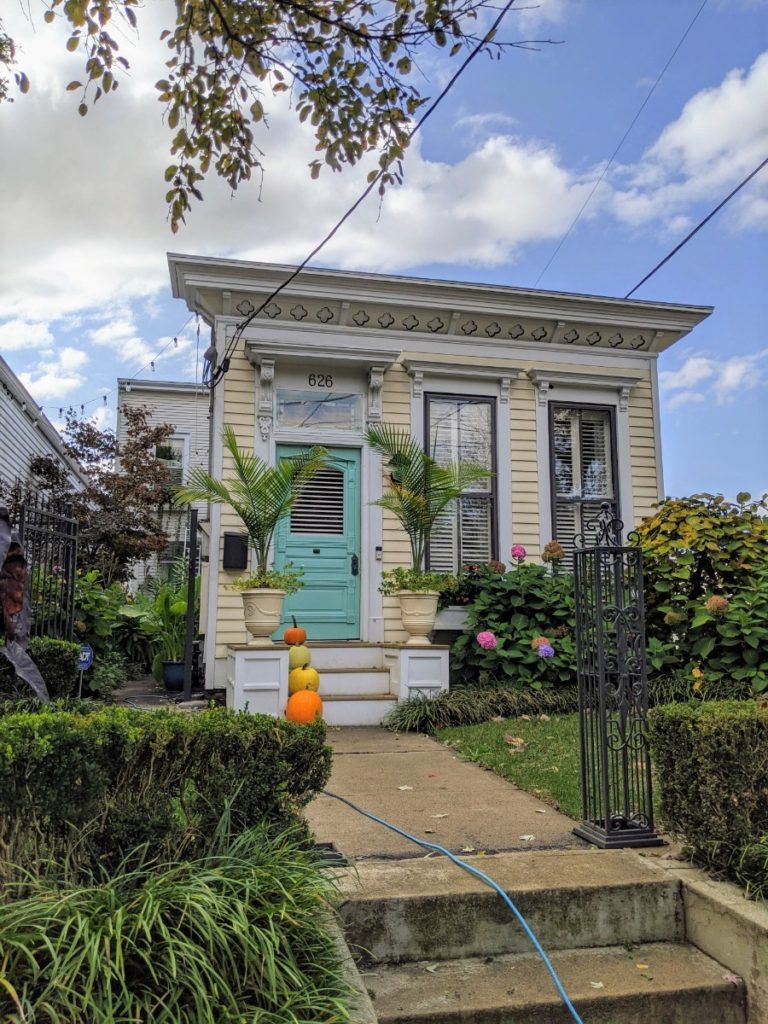
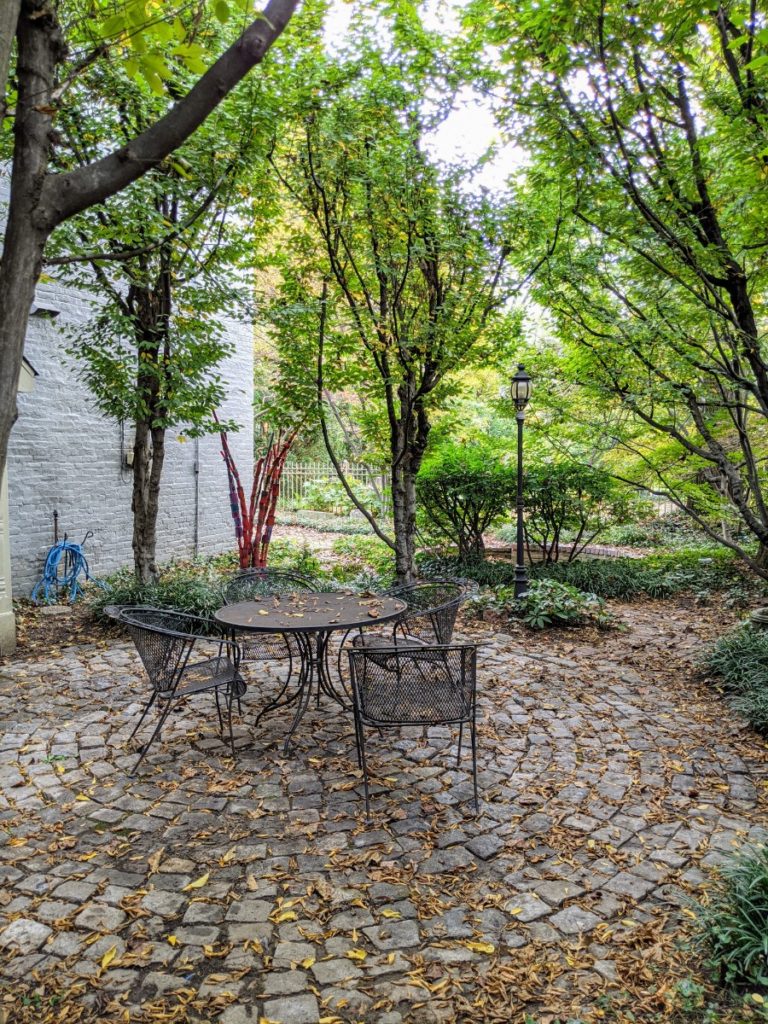
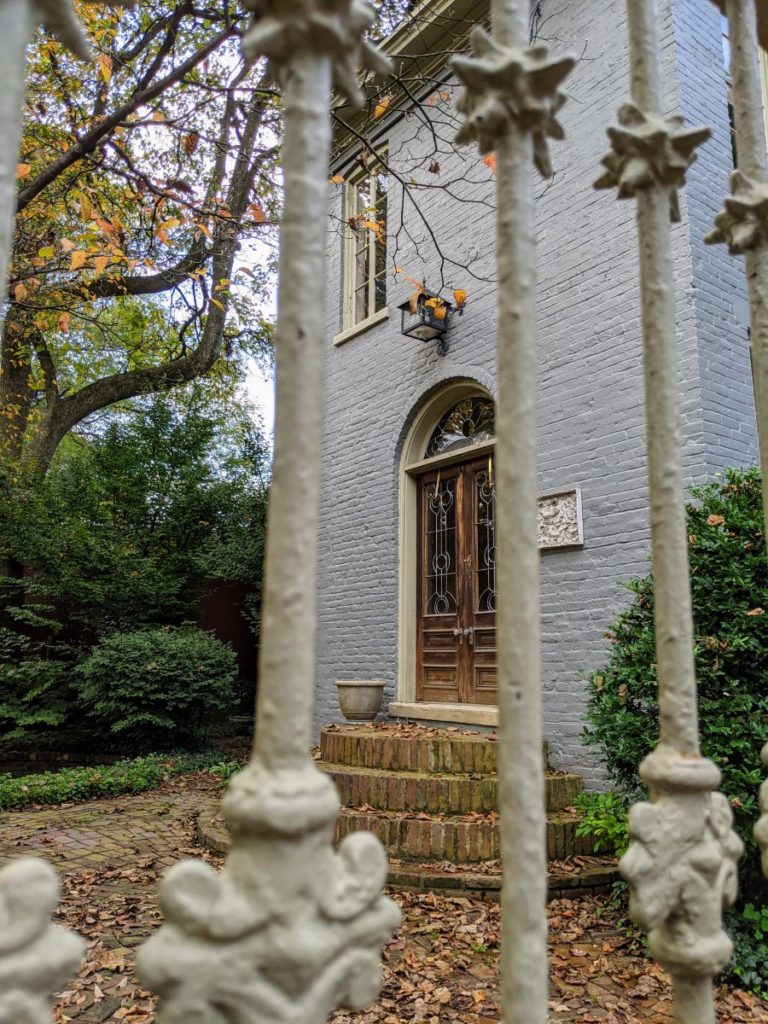
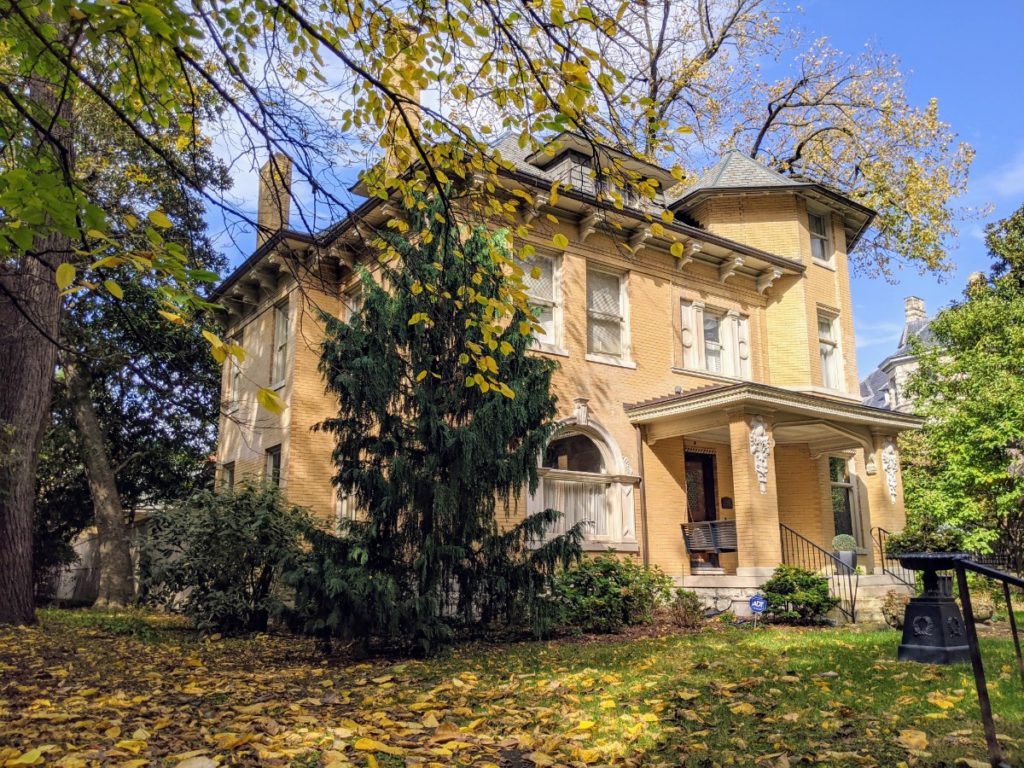
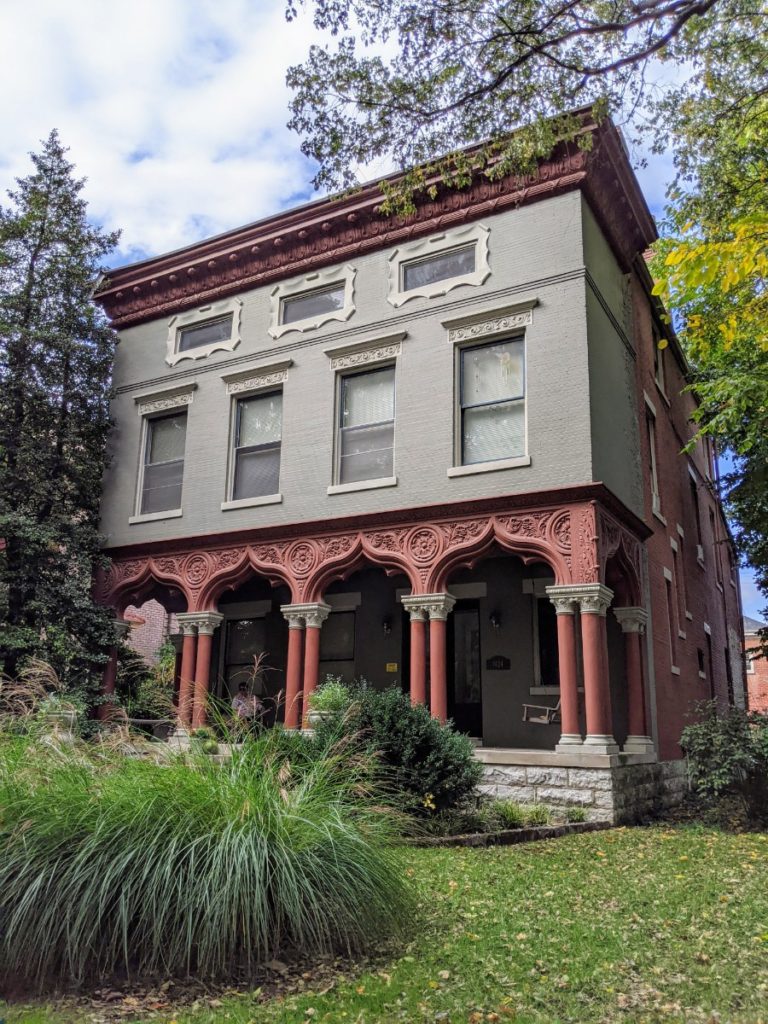
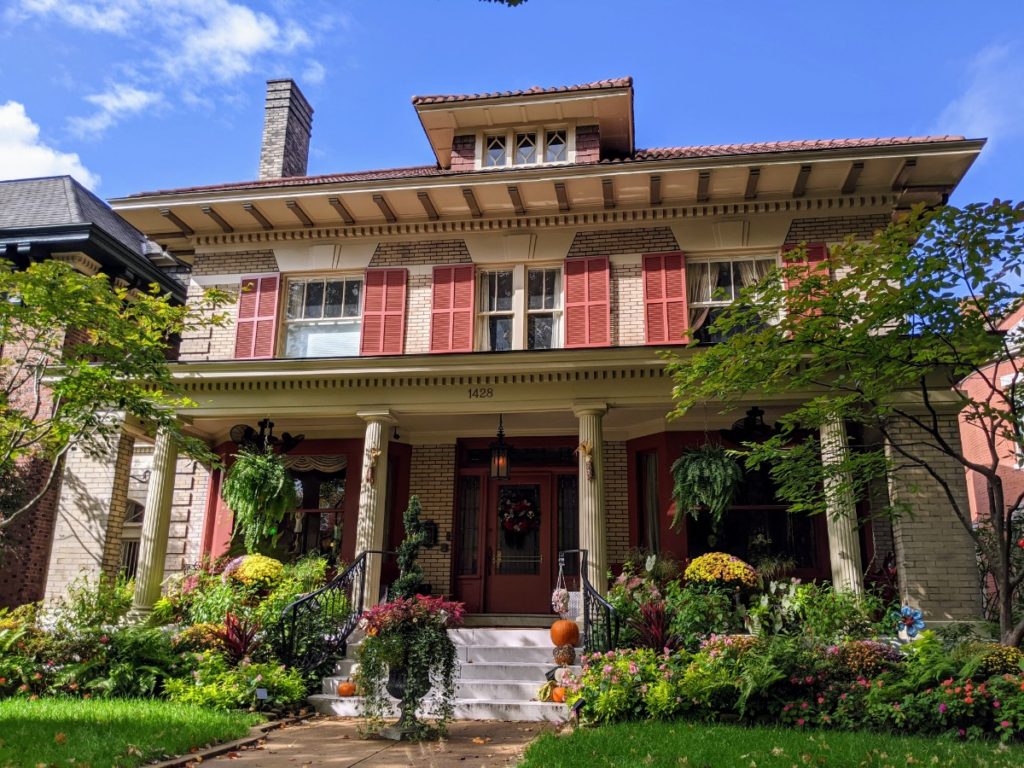
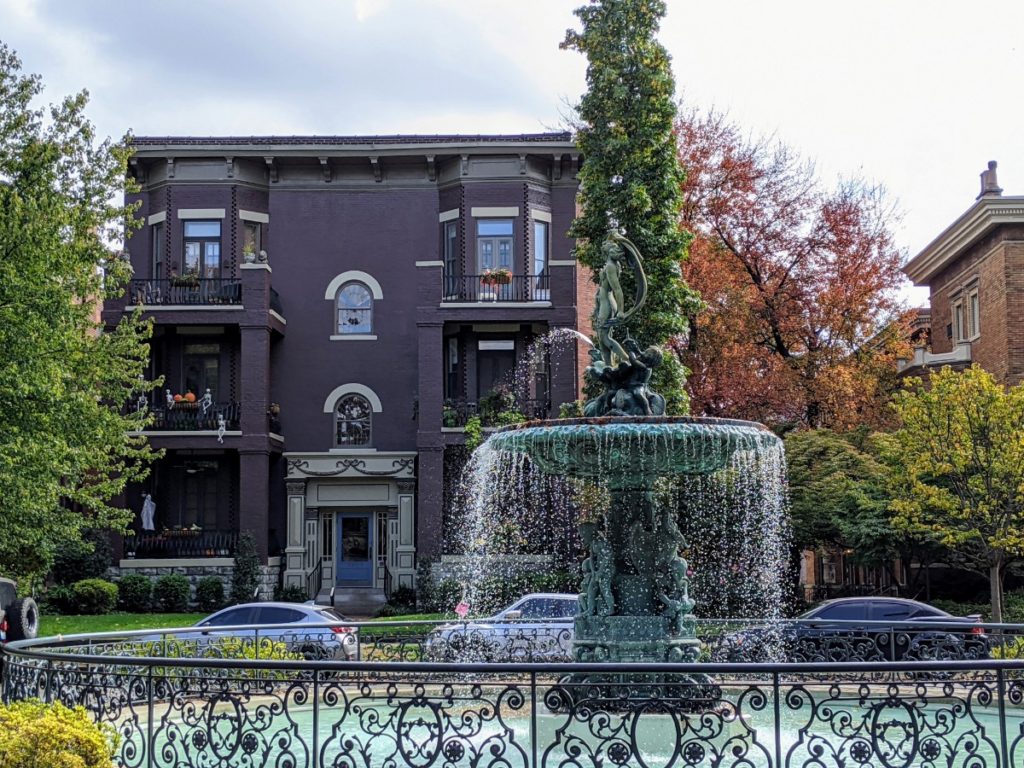
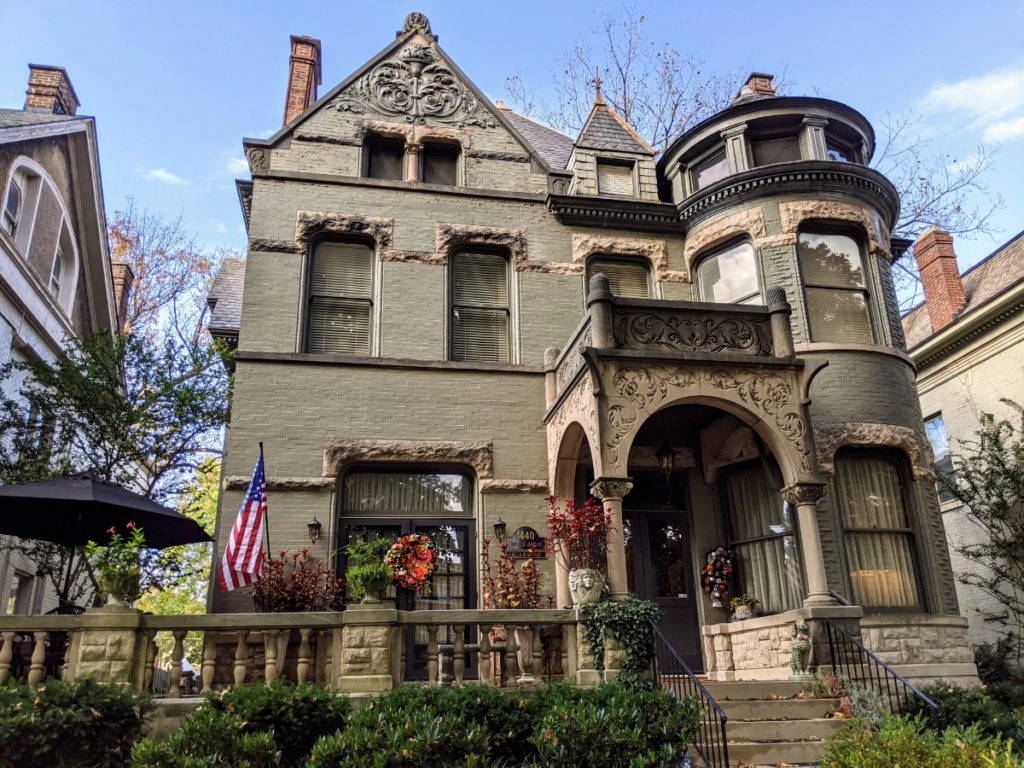
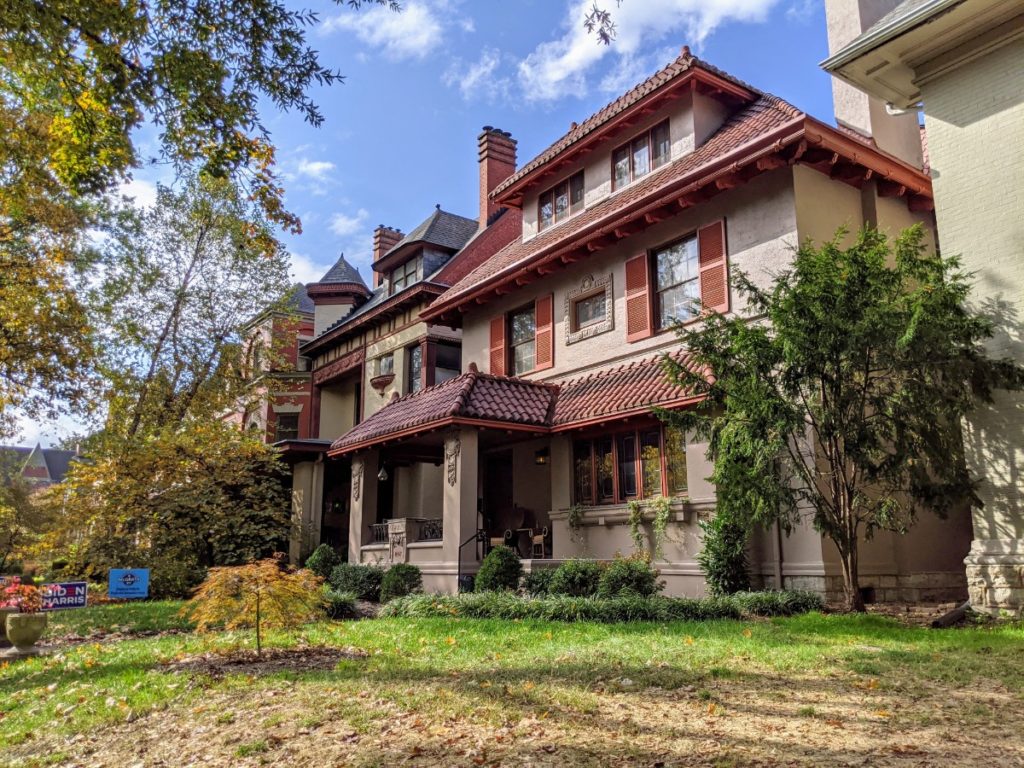
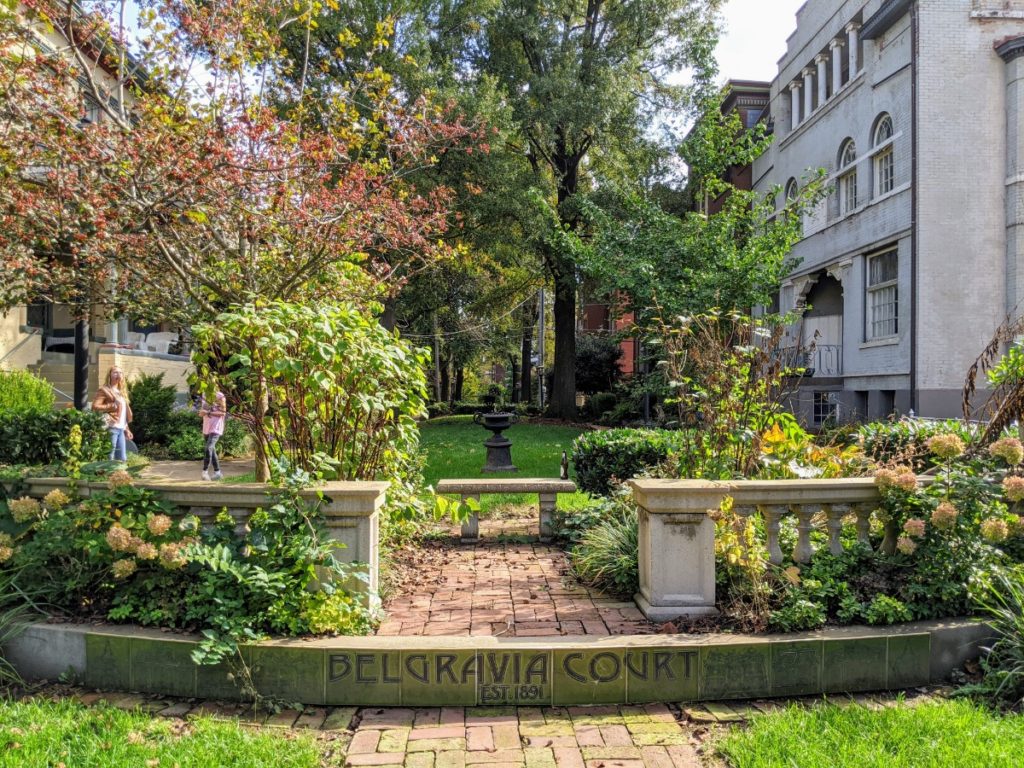
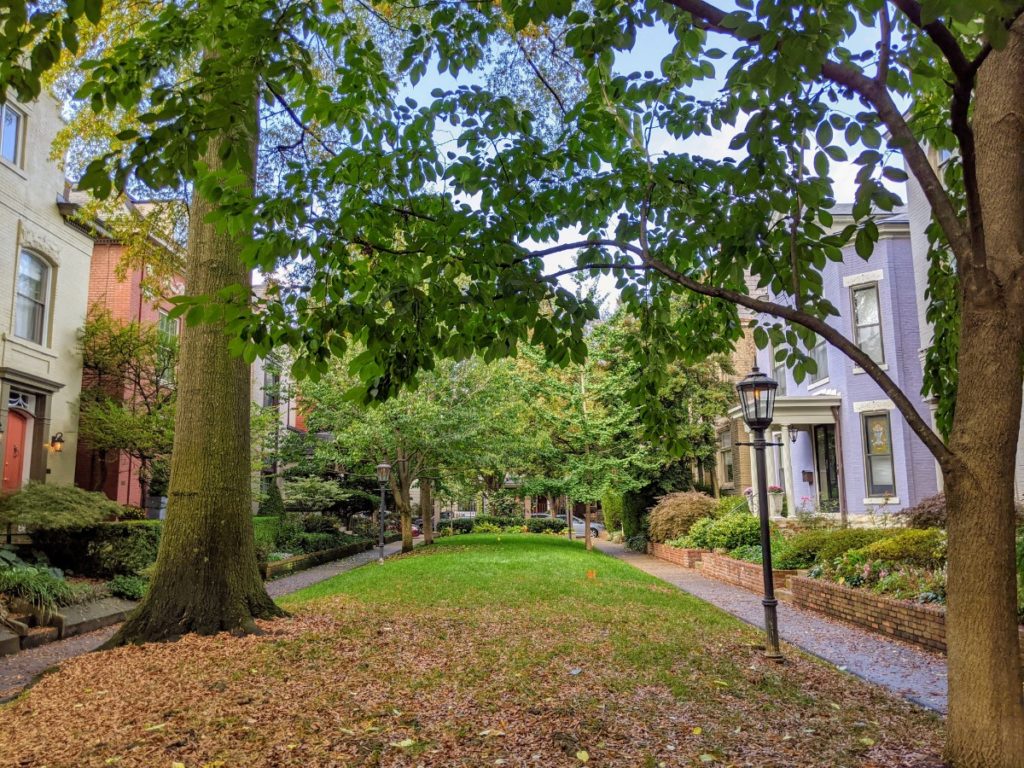
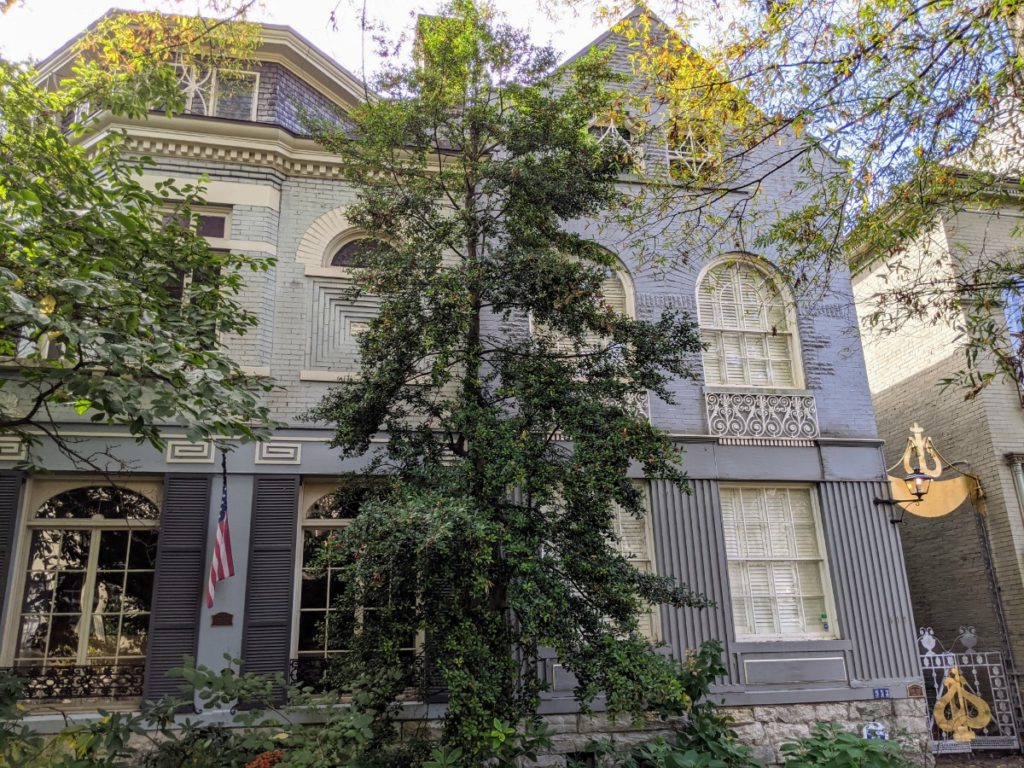
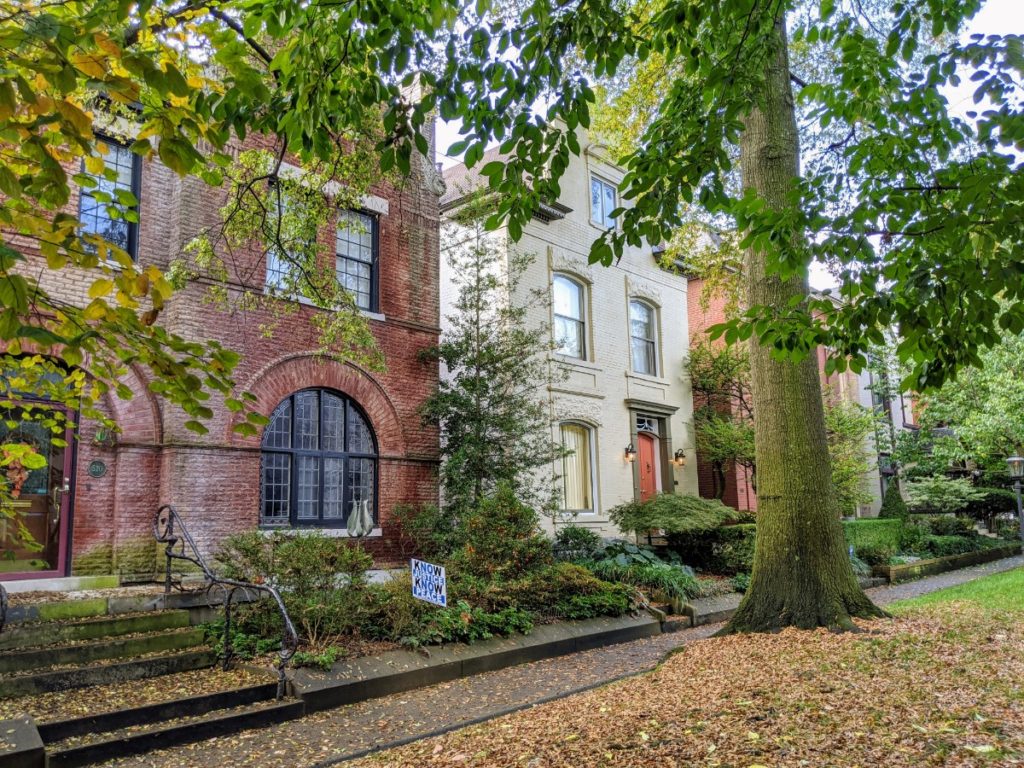
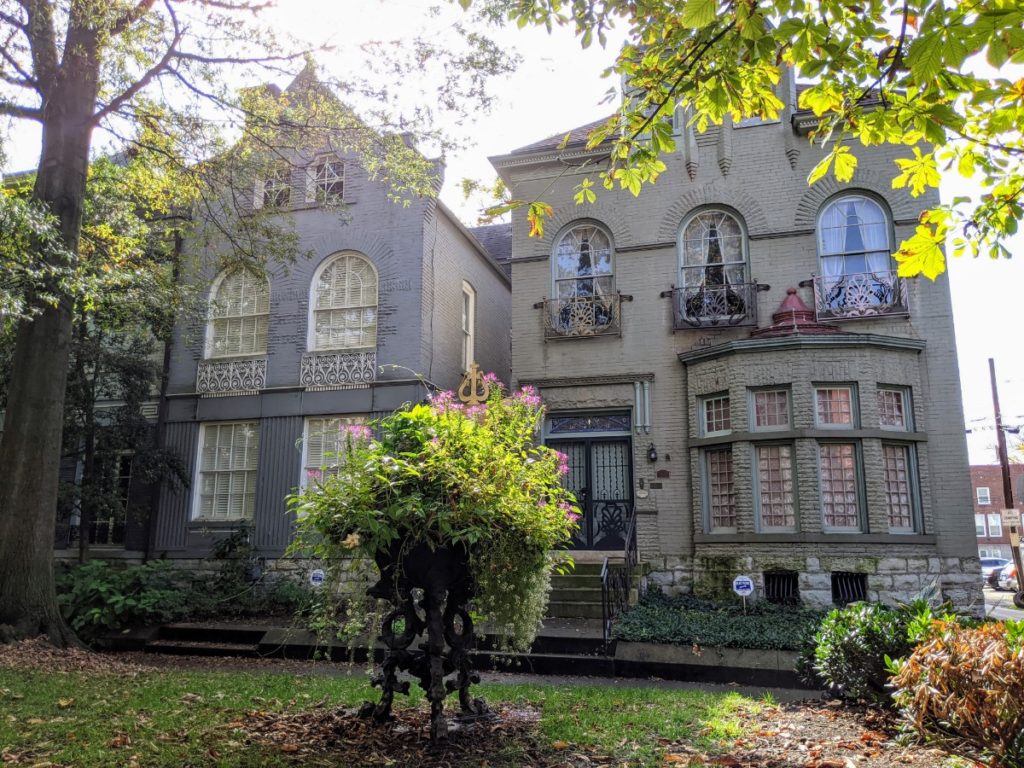
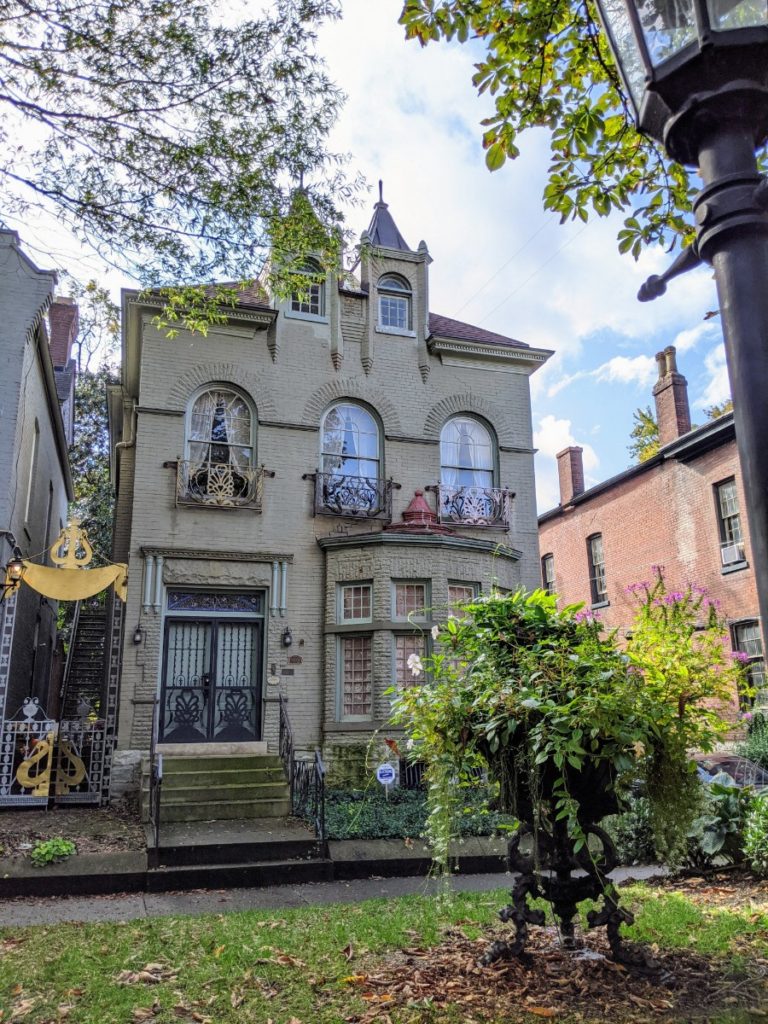
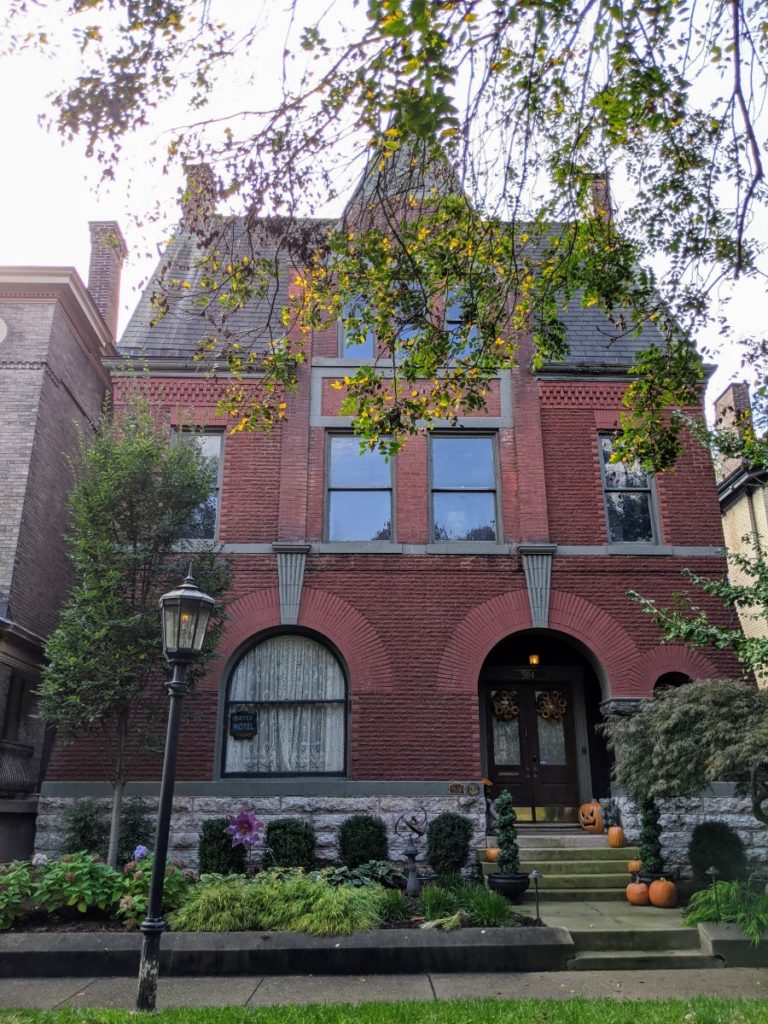
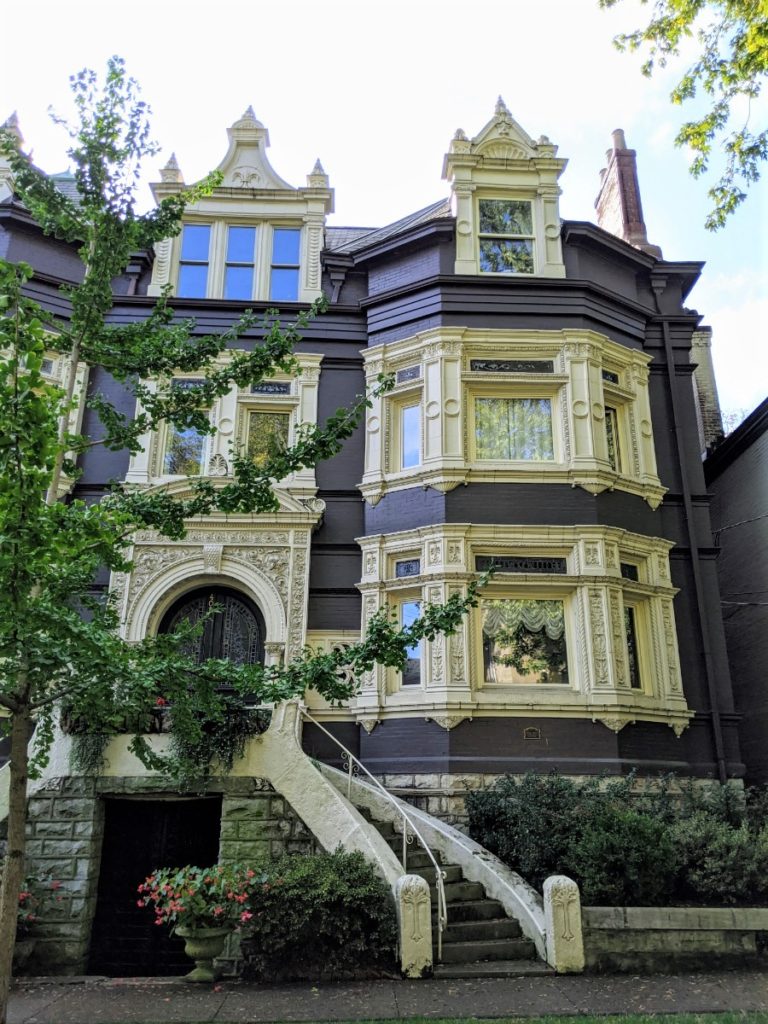
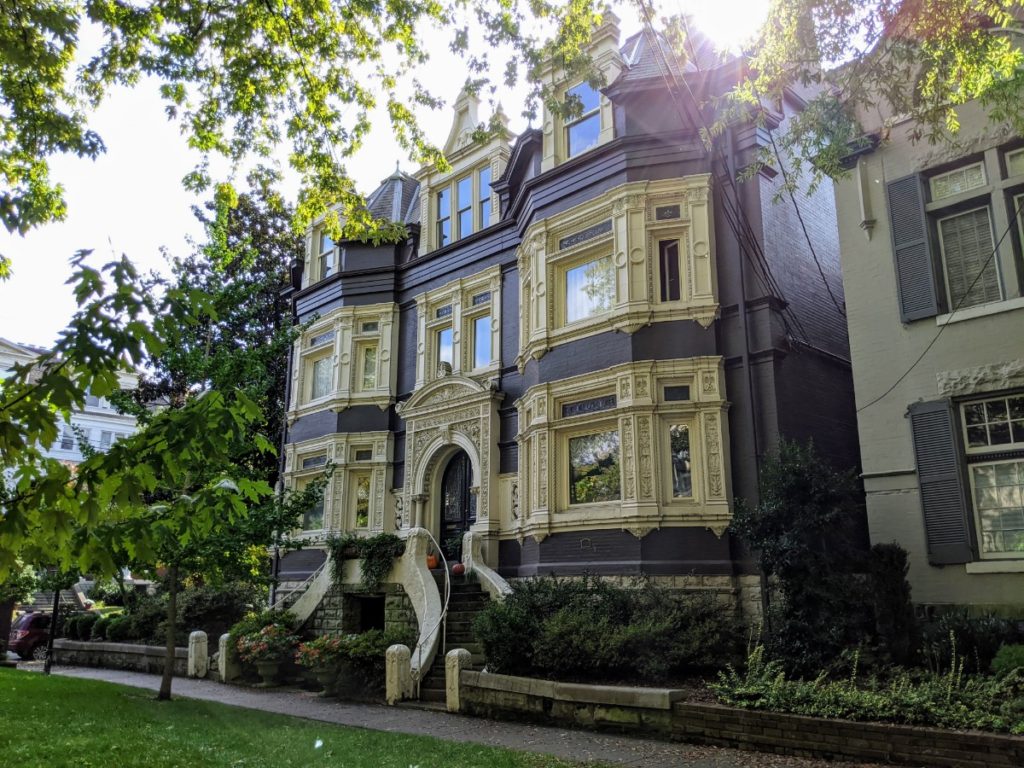
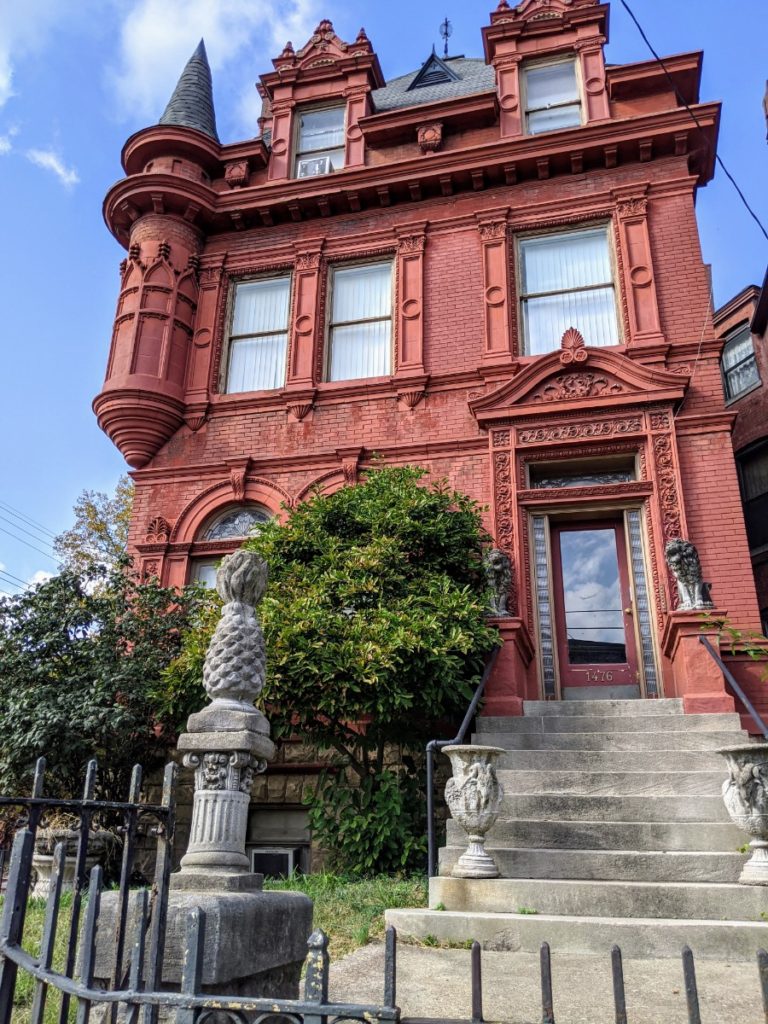
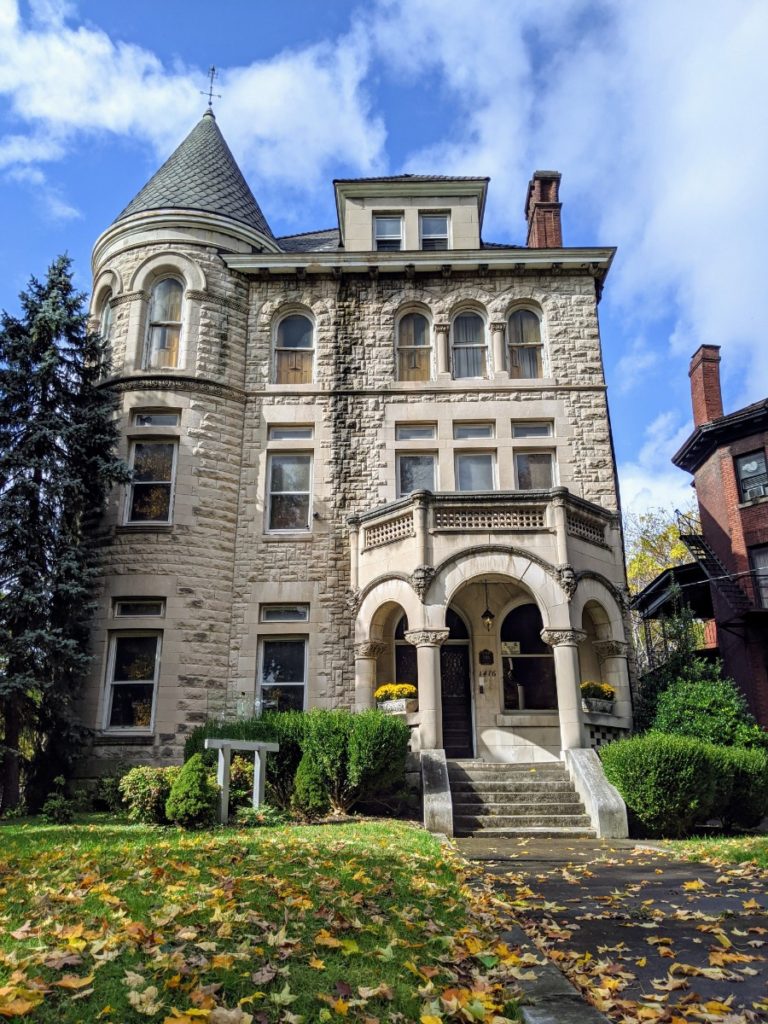
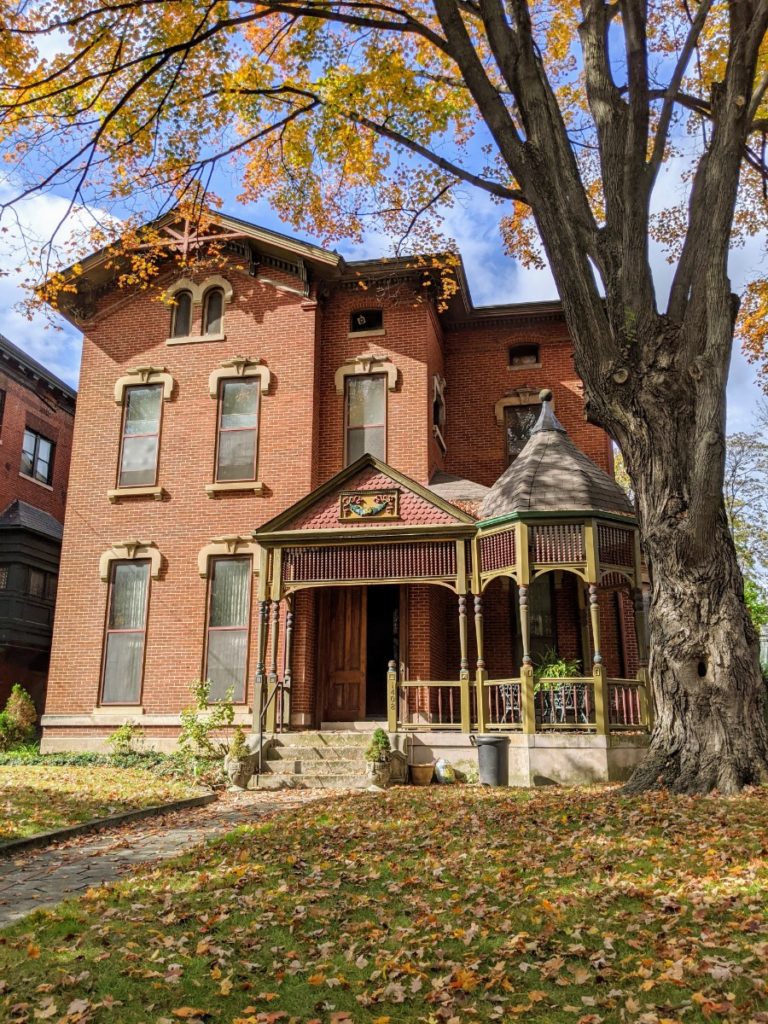
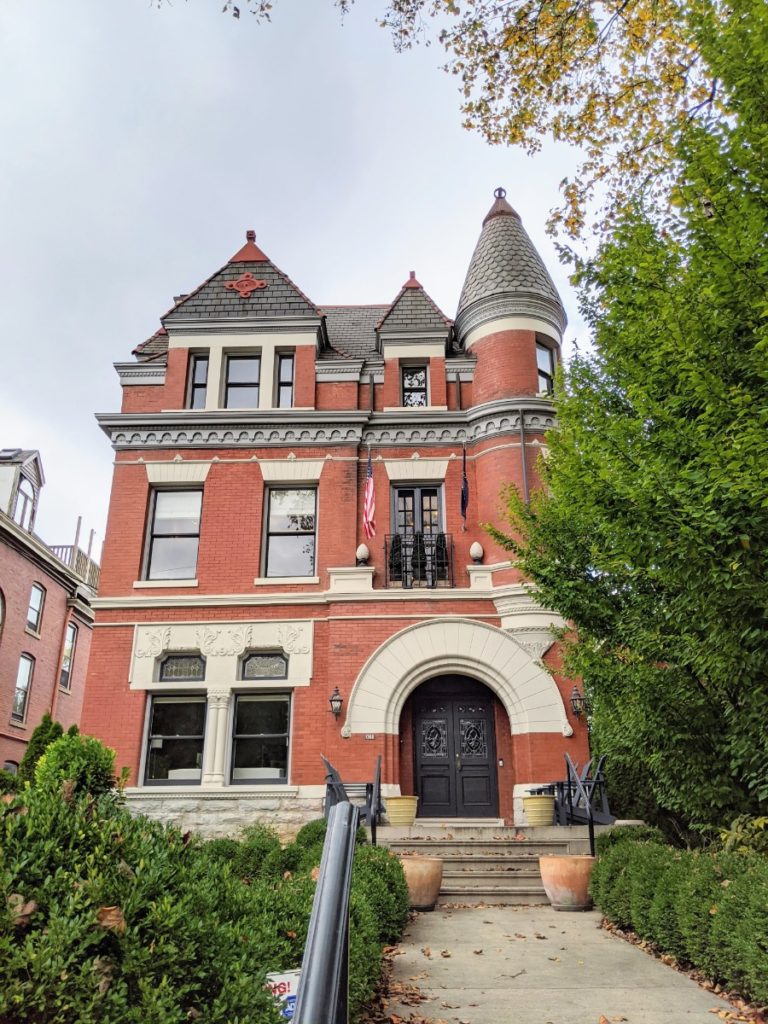
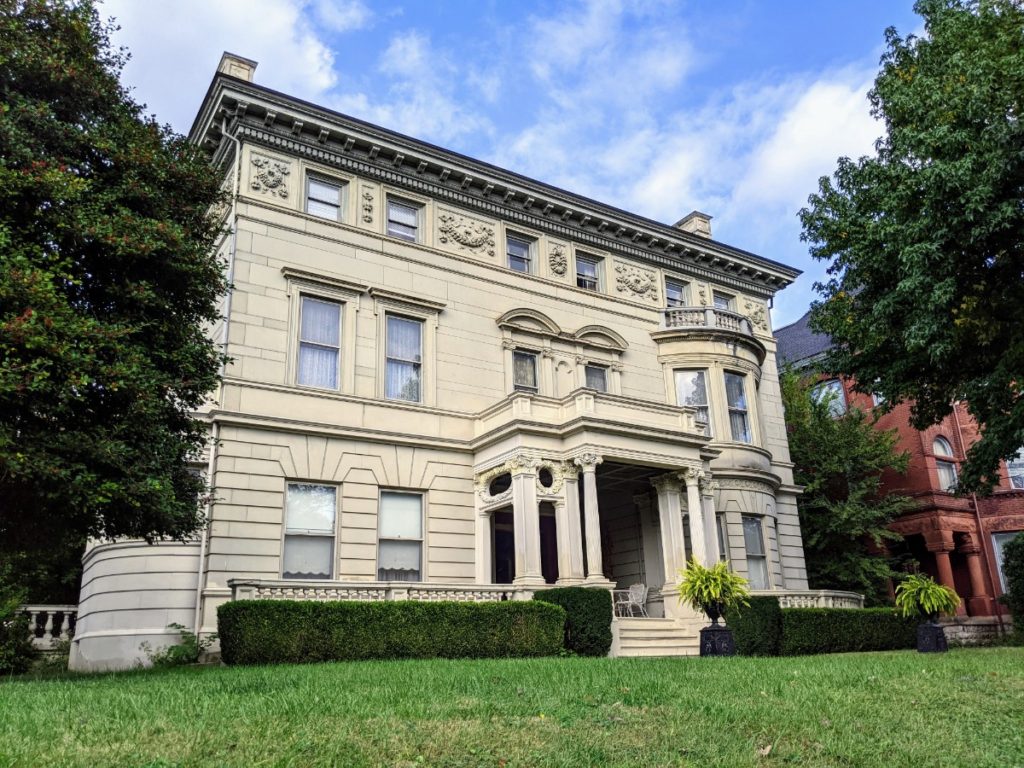
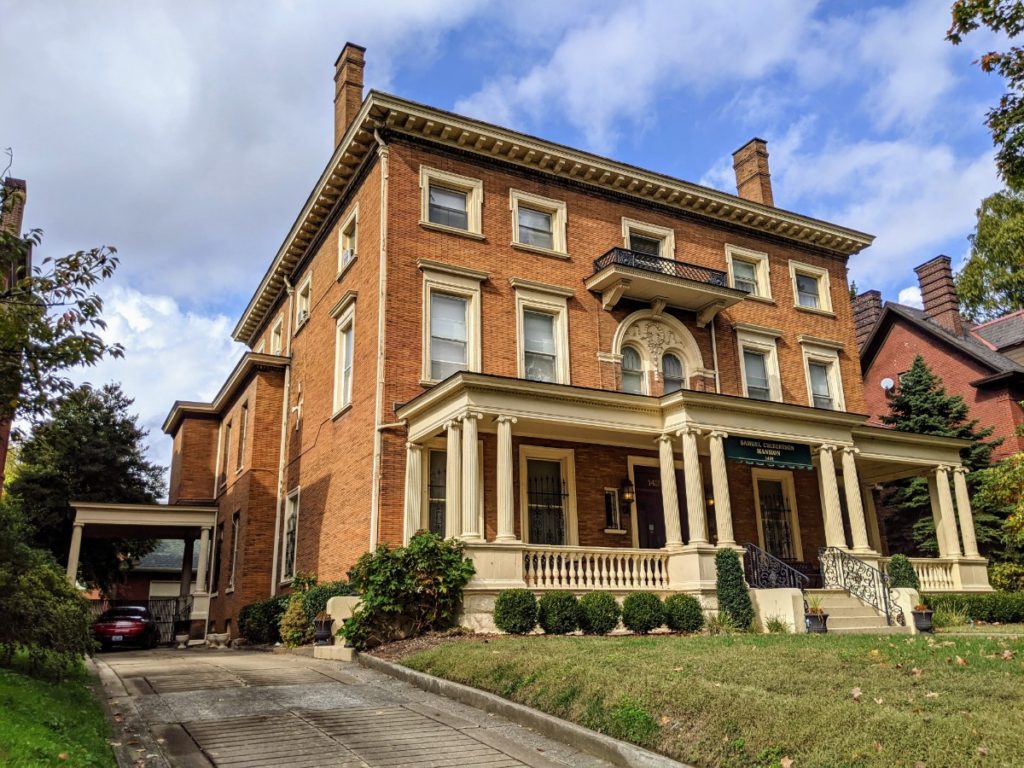
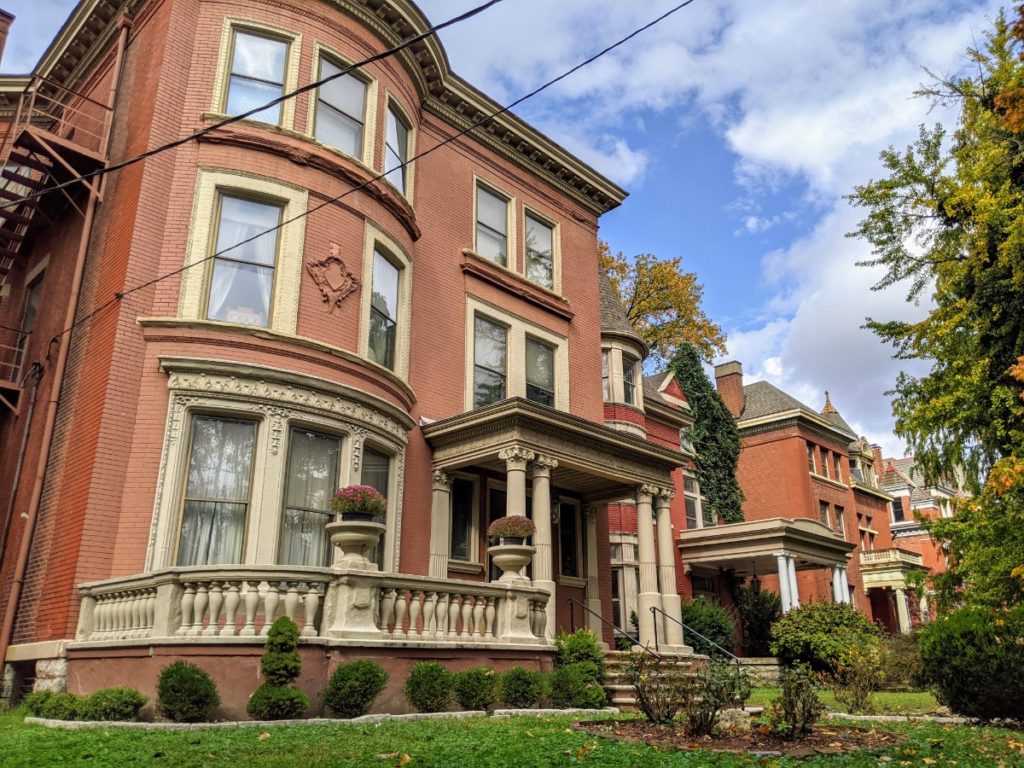
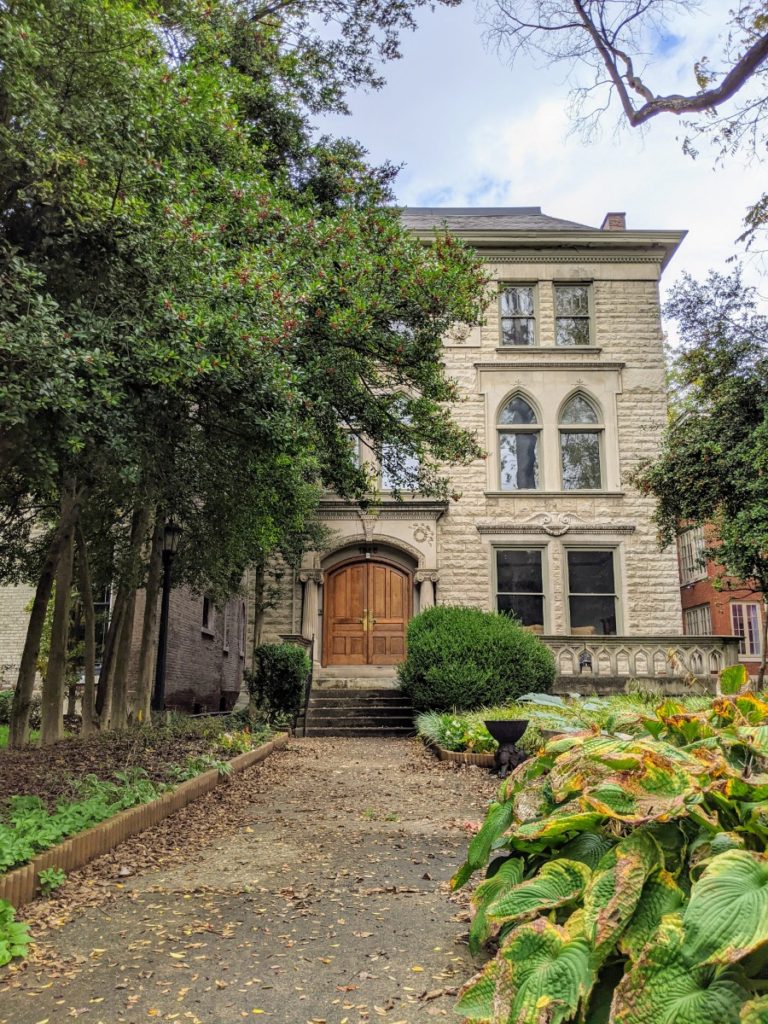
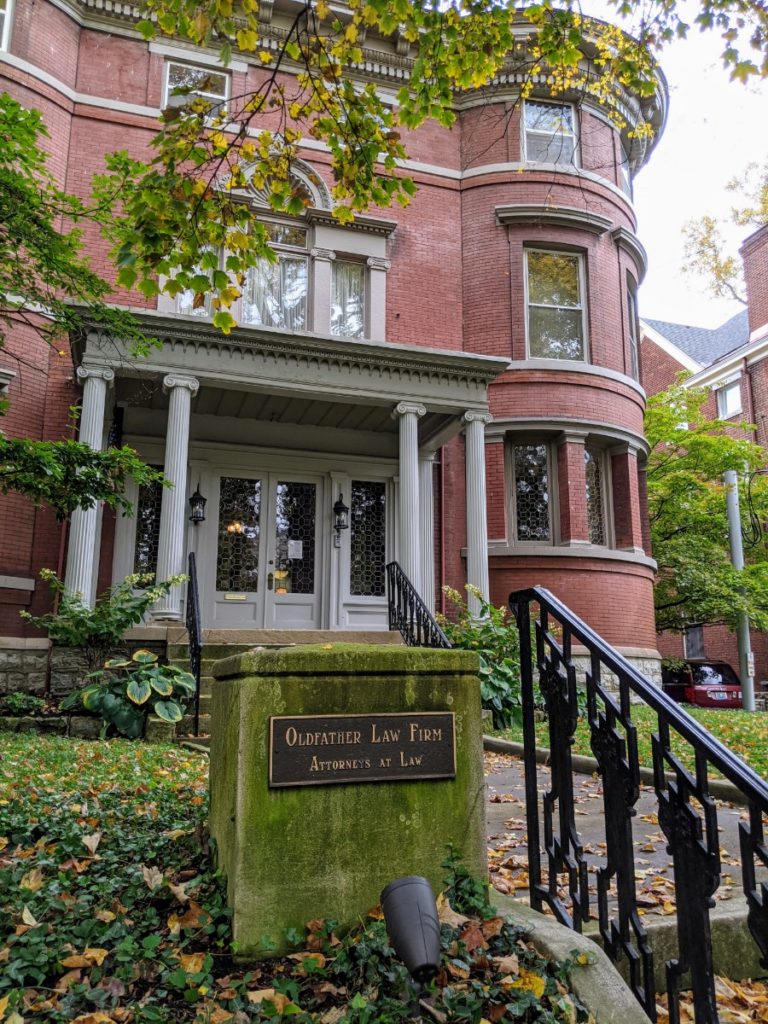
Be First to Comment